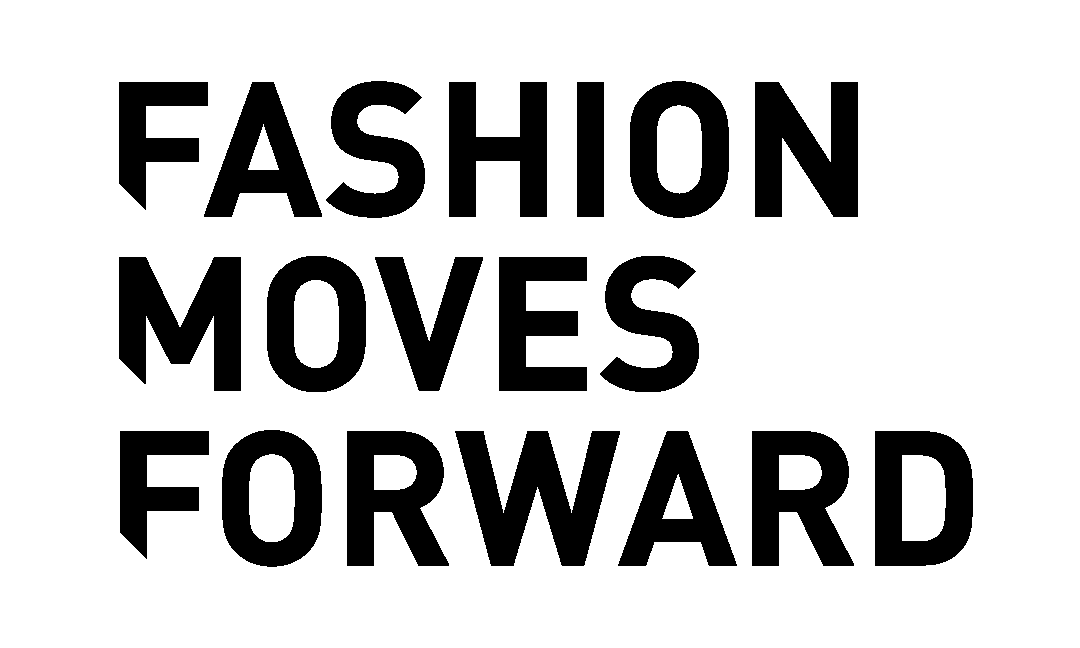A Blend of Cultures: An Interview with Ernest W. Baker
I've made choices without reason. An impulse purchase near the cash register. Agreeing to an appointment I know I can’t attend. Blowing a b̶a̶g̶ tax return on SSENSE. We’re all guilty of using our brain the same way a fish uses a bicycle. But when I purchased a new jawn from Ernest W. Baker, I was in full control of my faculties. I knew I was buying clothes that shout “I love Twin Peaks!” to everyone on the subway. I knew I would draw interesting looks from the sketchy set of men who seem to live in Banana Republic chinos. But most importantly, I knew I had made a conscious decision to invest in one of the best menswear brands to sprout in recent years.
For those unfamiliar, Ernest W. Baker is next up. This small Portugal-based brand, through a stealthy succession of collections, has made its way to the tips of proverbial tongues throughout various fashion circles. Founded in 2017 by designer duo Reid Baker (American) and Inês Amorim (Portuguese), the label is the sum of their separate and shared inspirations and experiences. What results is a sumptuous, yet understated, blend of American and European culture.
From its infancy, the brand perfectly captured the essence of the ever-elusive balance of nostalgia and modernity. The brand’s muse is Ernest W. Baker, co-founder Reid’s grandfather, an early Detroit ad-man whose career and chronicles serve as a sort of mood board. Darkly sensual and raw, the clothes channel an aching awareness of impermanence through old school tailoring and knitwear fit for a 50’s era patriarch. Western motifs manifest themselves in the form of flared trousers, classic prints, and severe collars. An elegance that is distinctly old-world marries a Lynchian-level of mystique and leaves its mark on the wearer. I spoke with the minds responsible for this uncanny exhibition and asked them all things Ernest W. Baker.
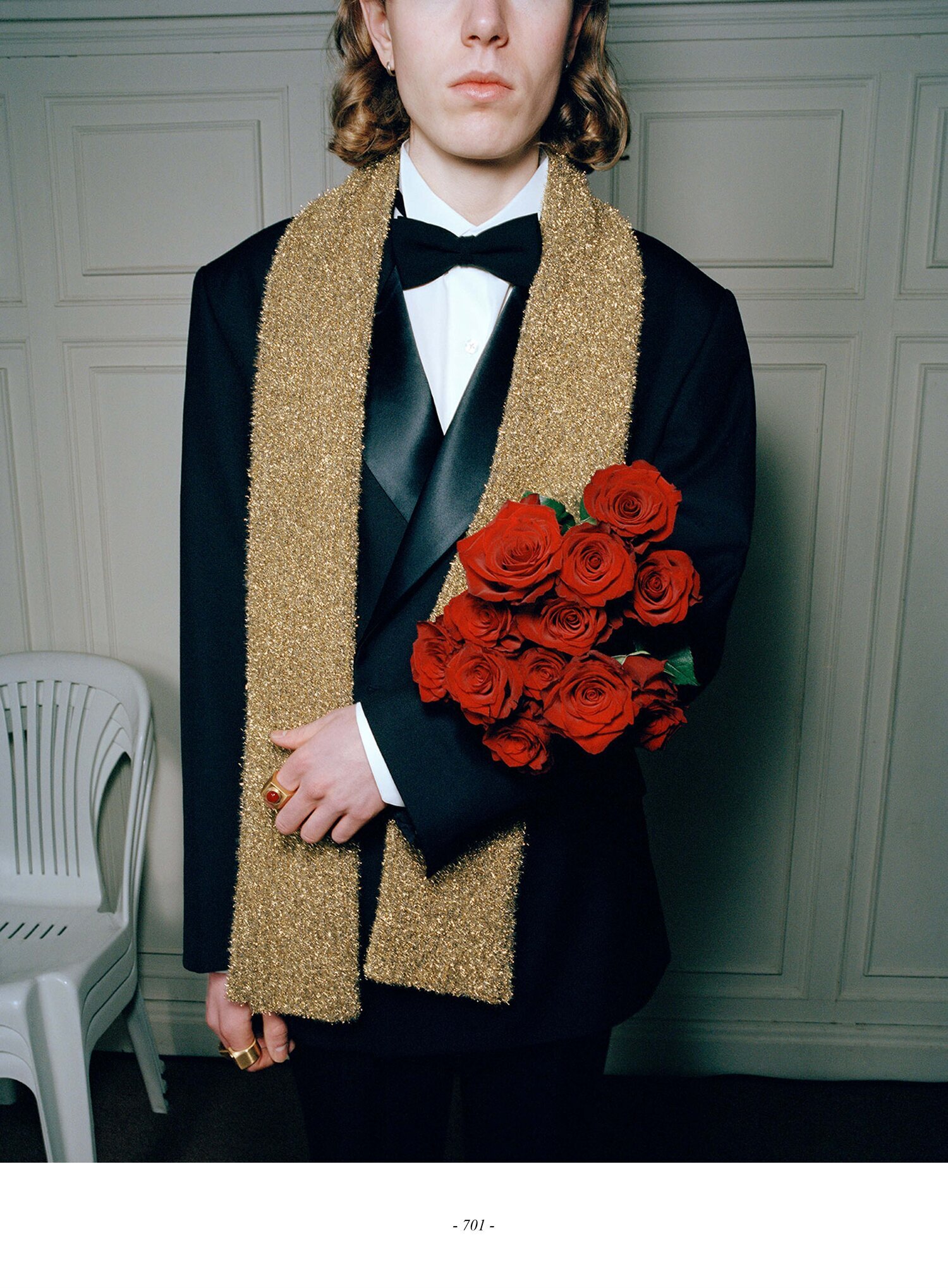

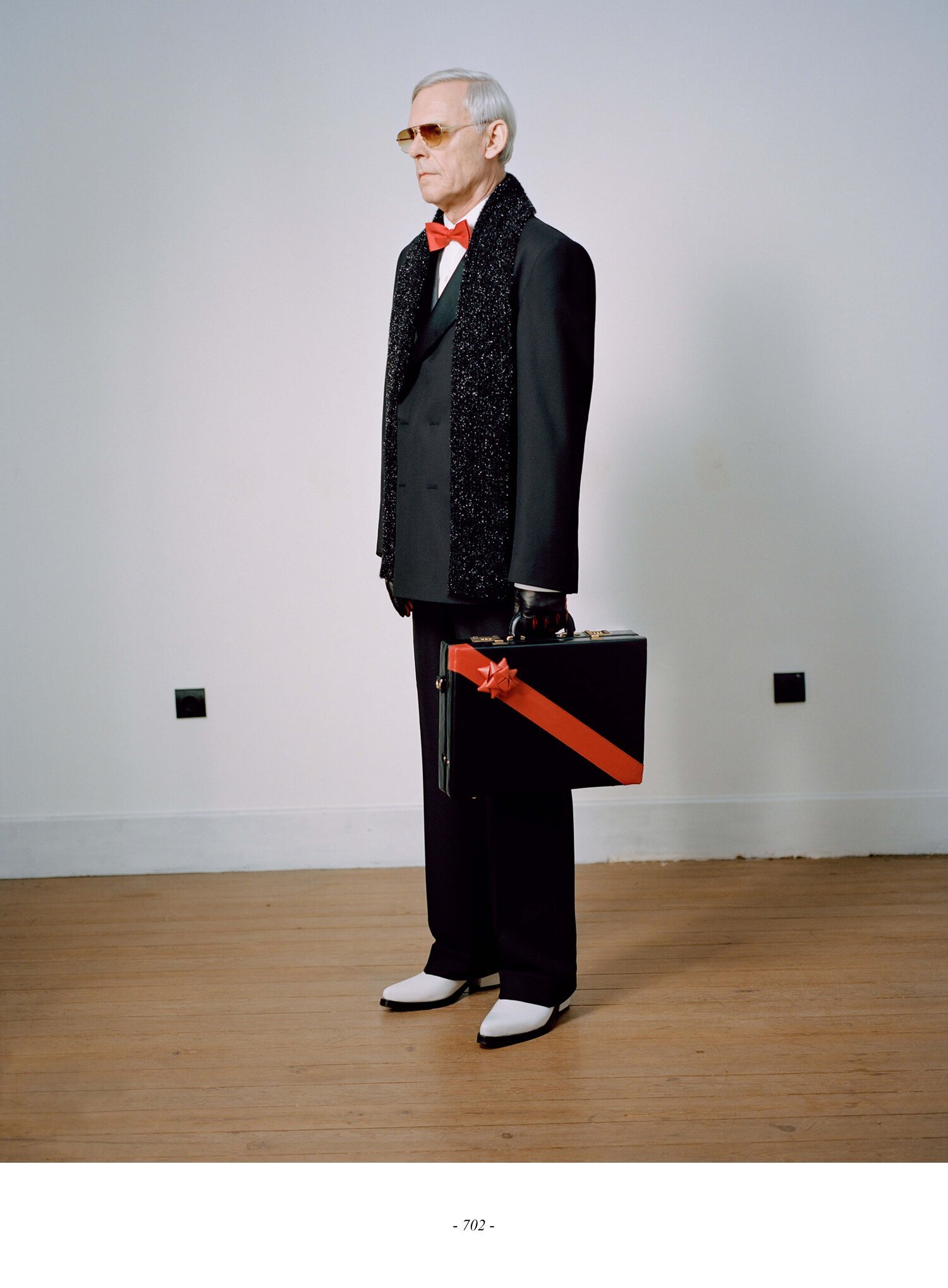
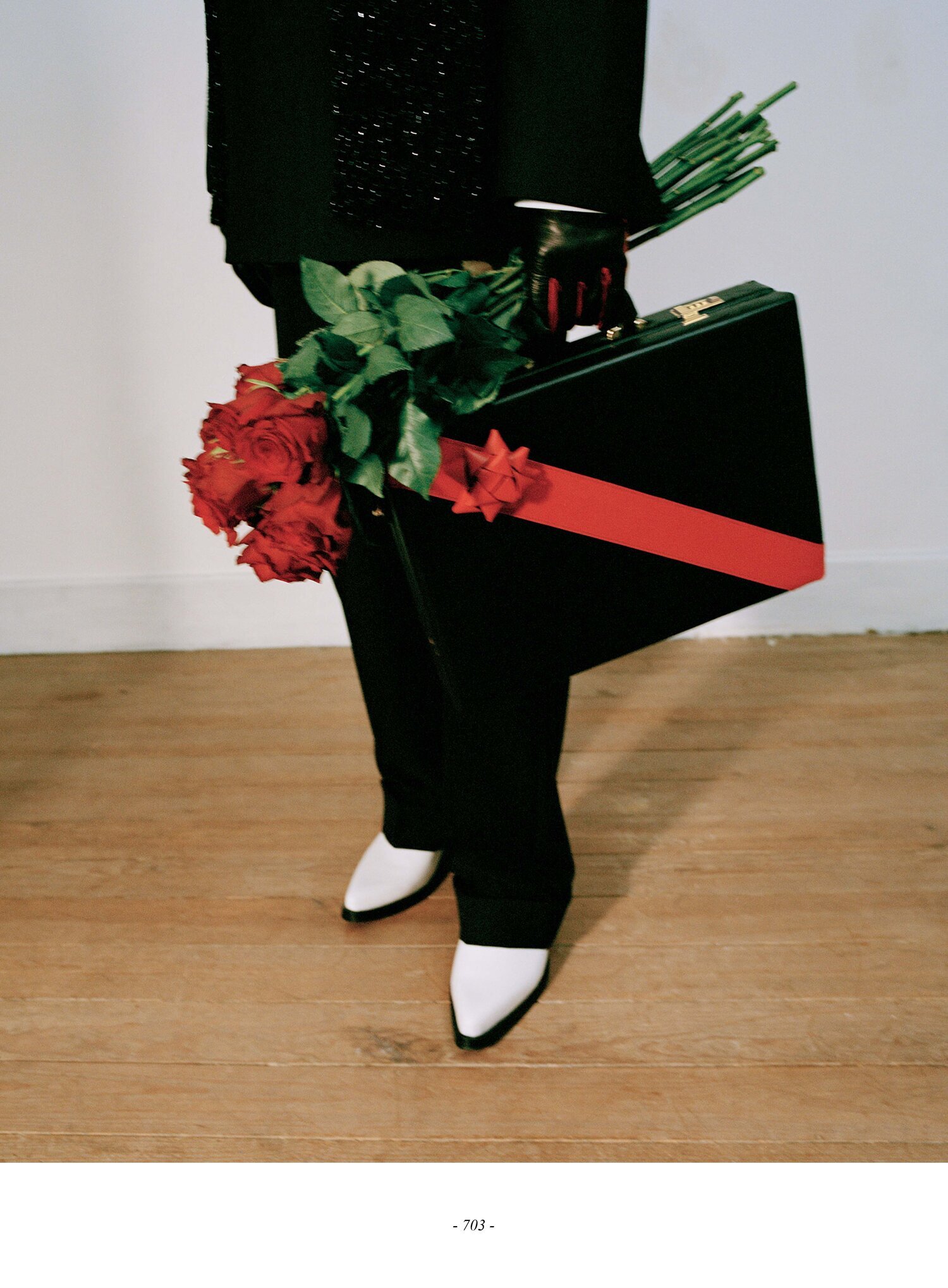
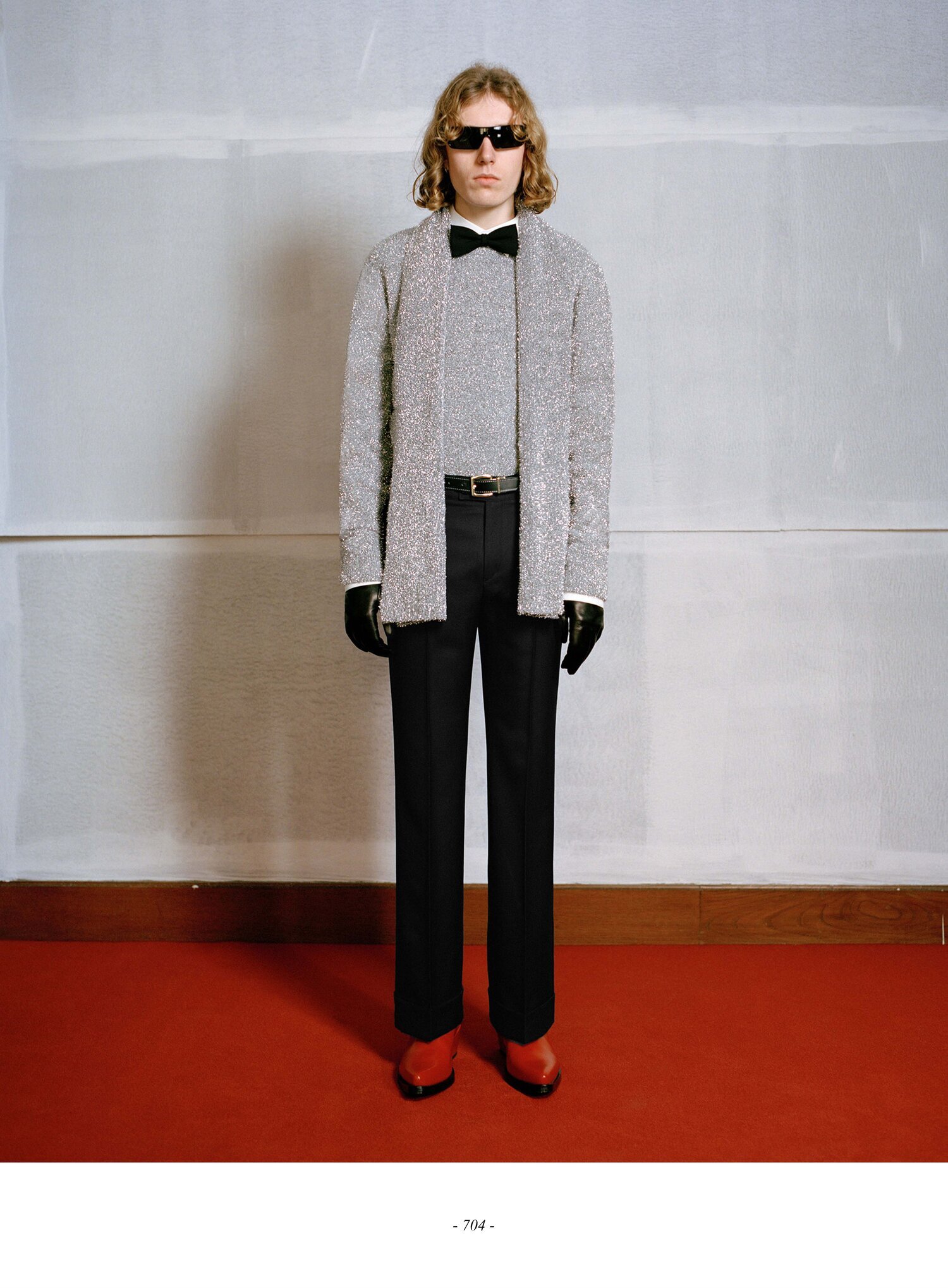
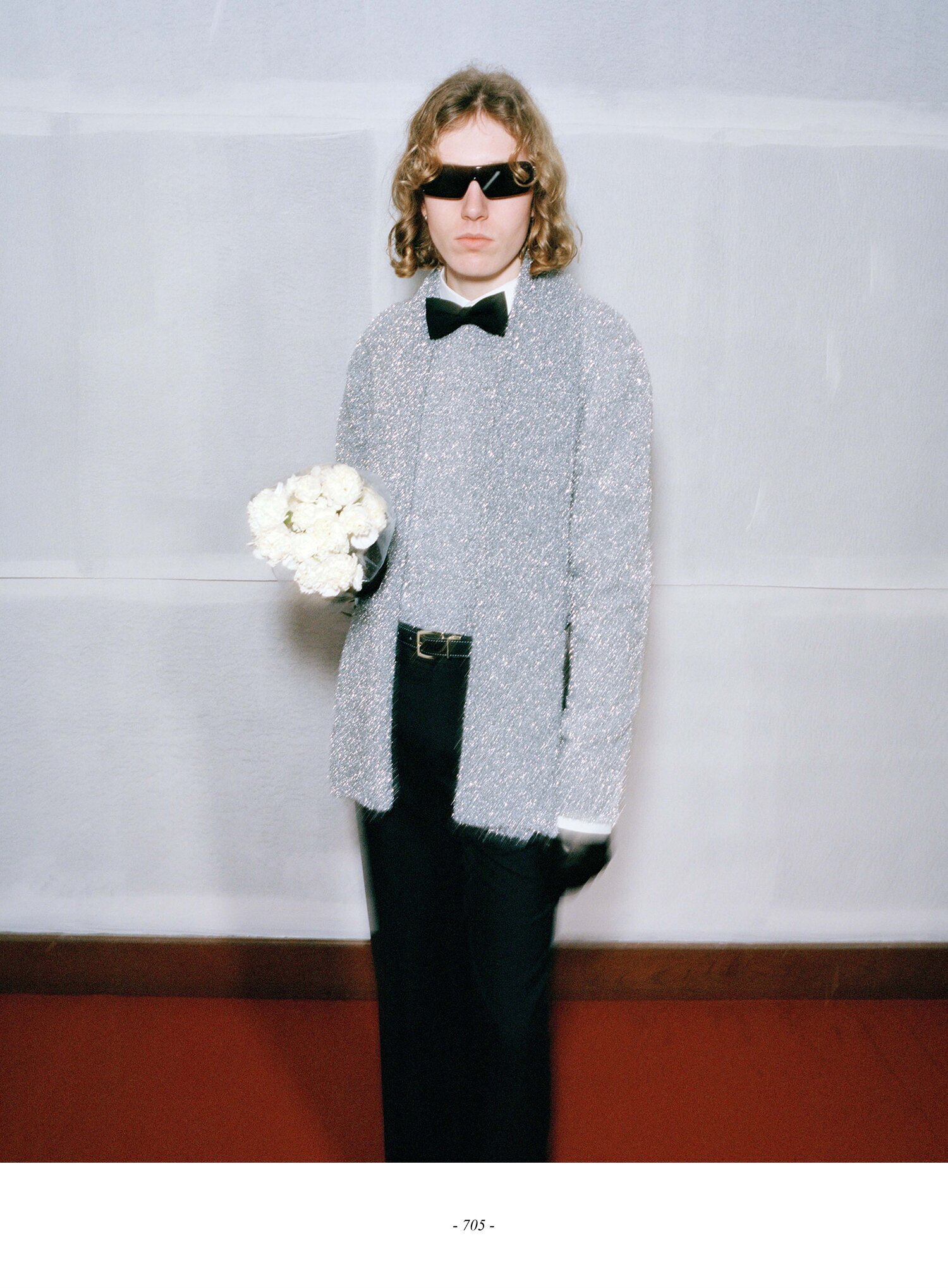
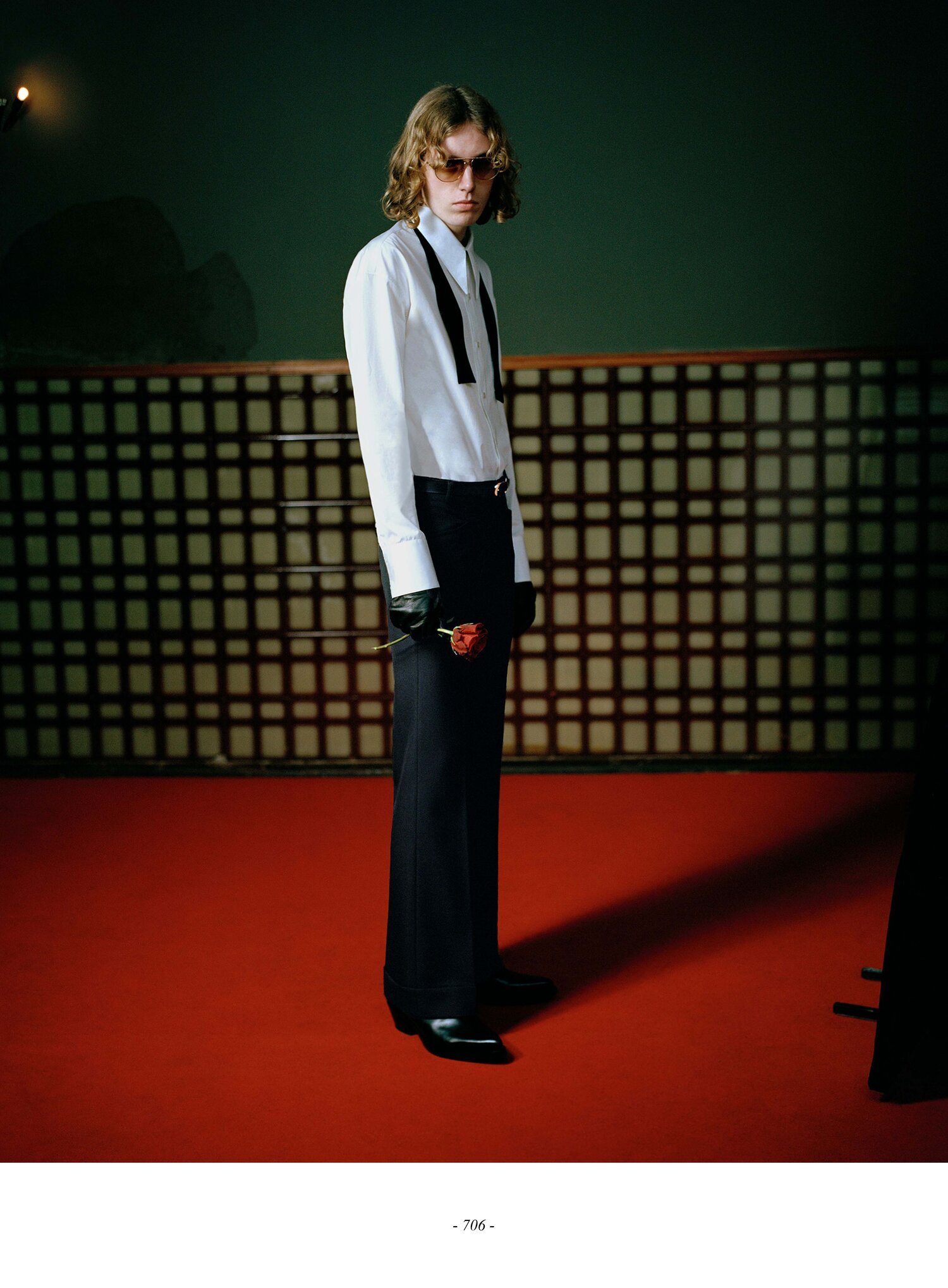
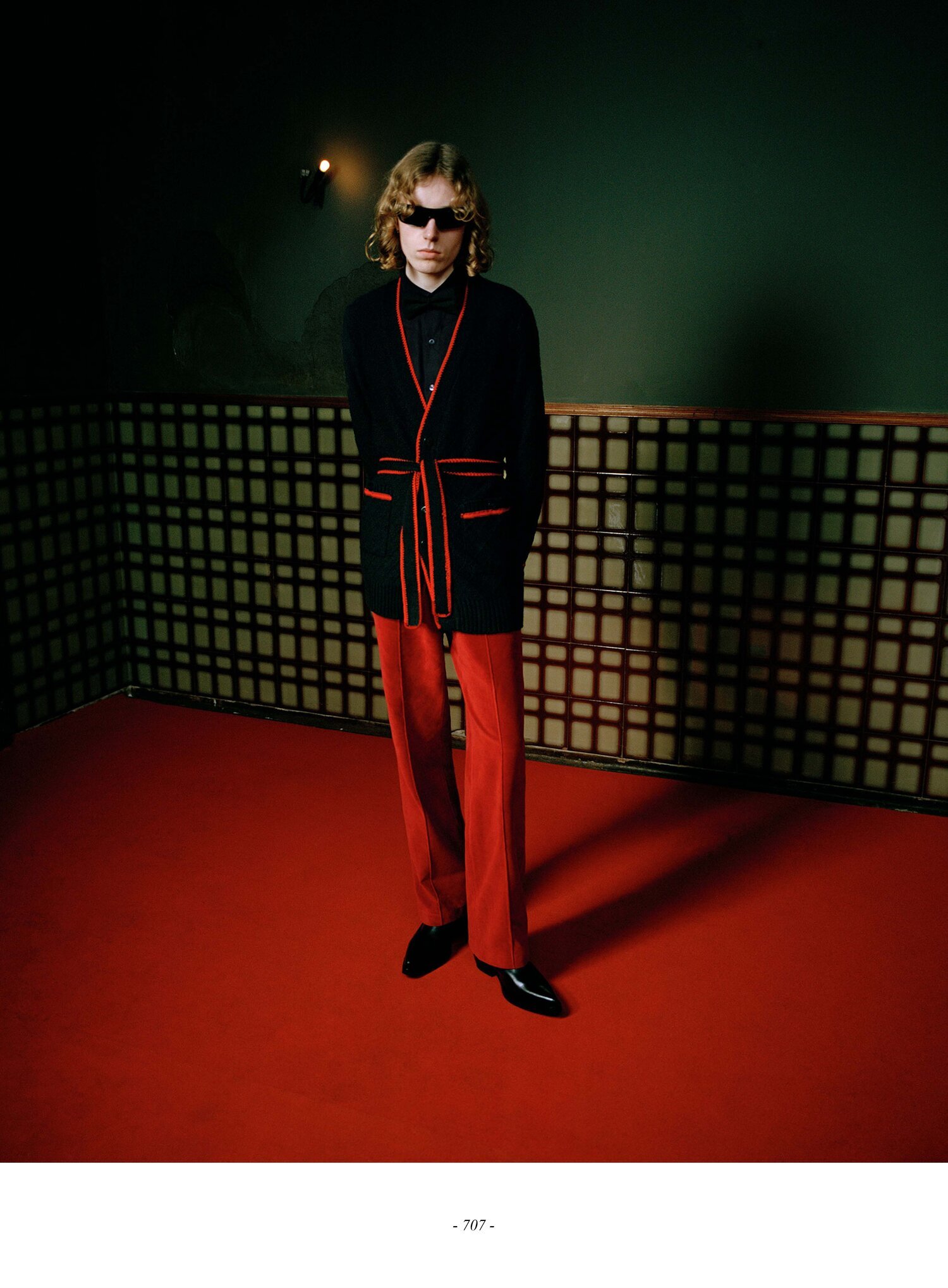
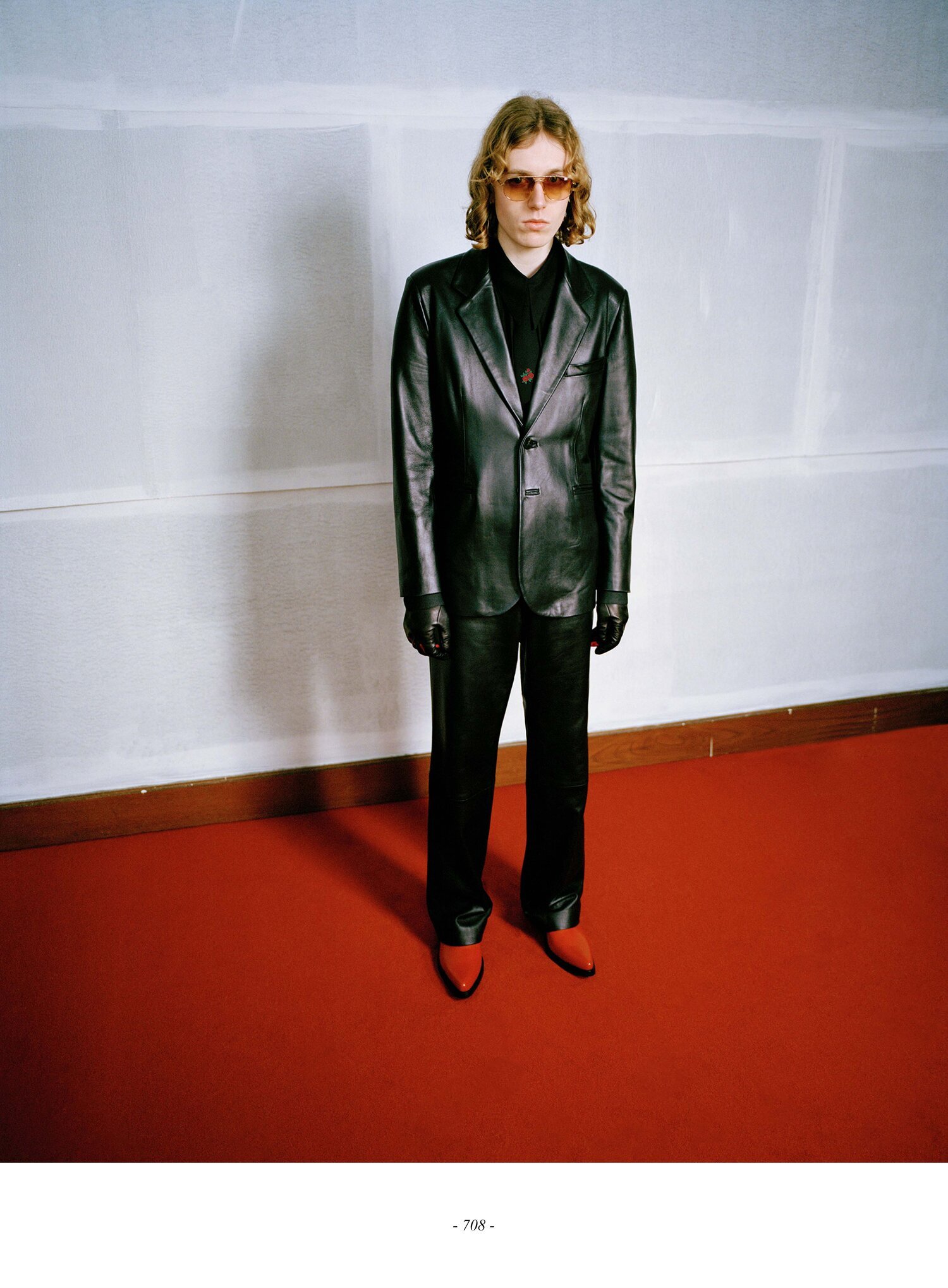
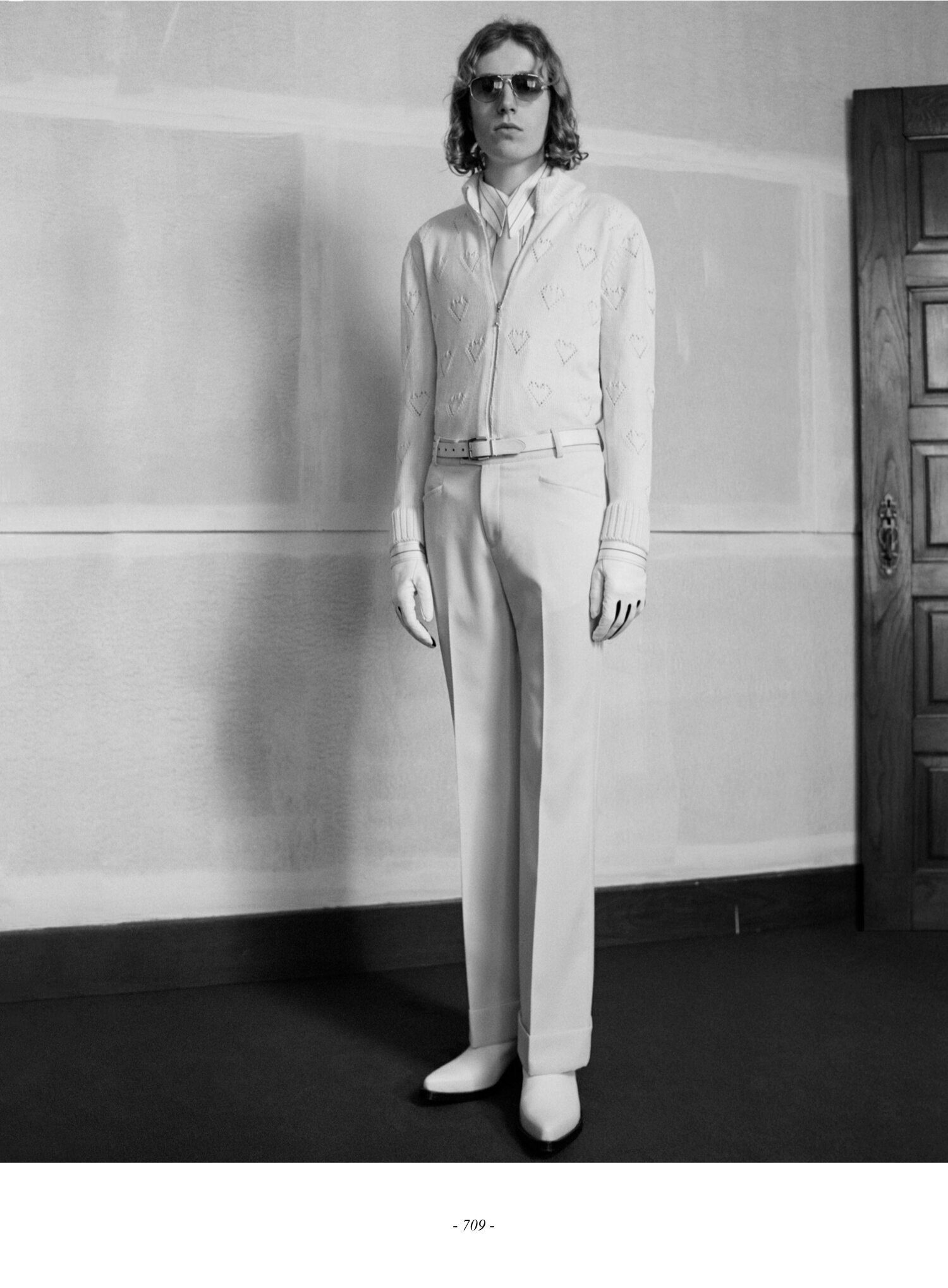
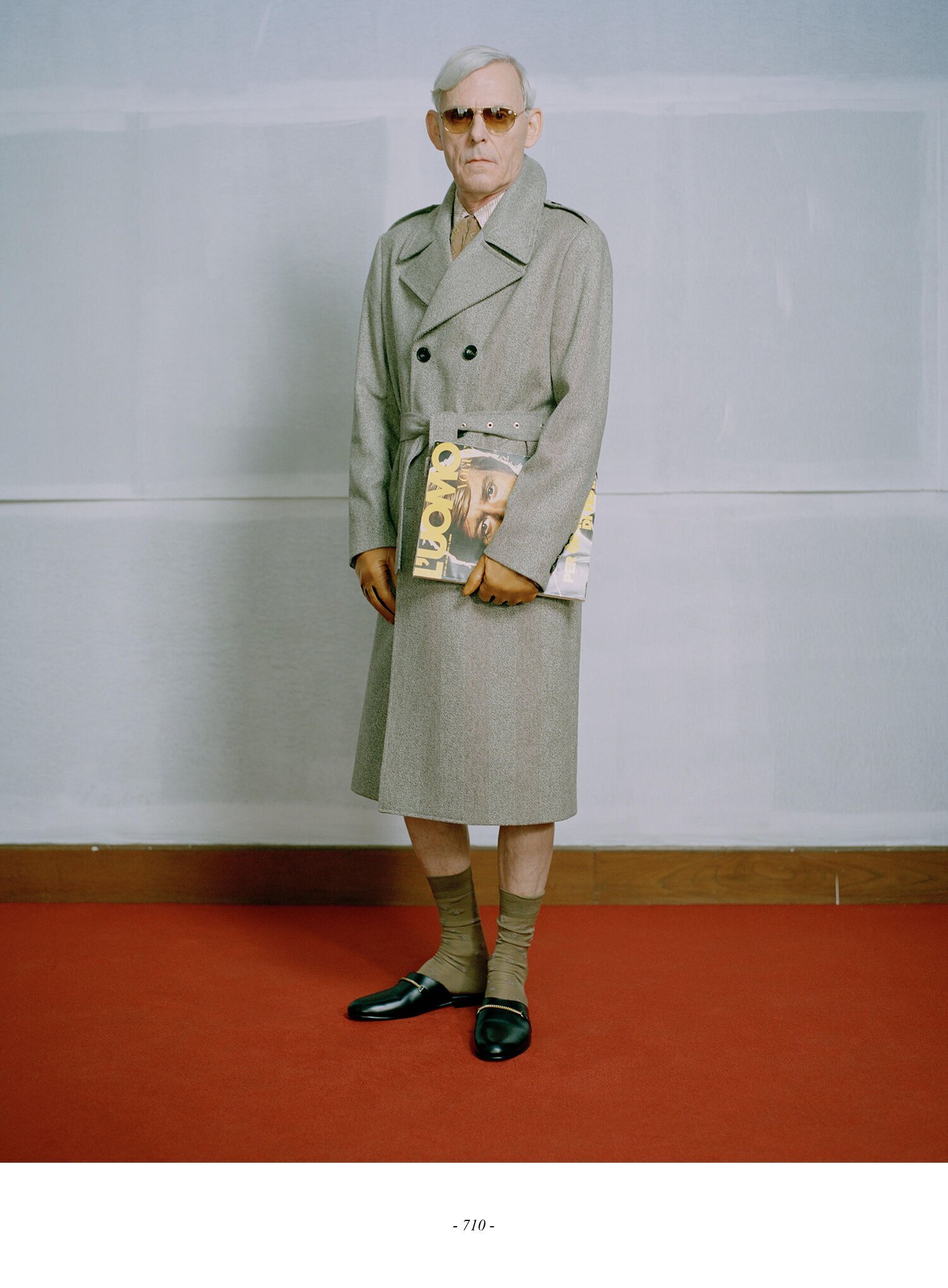
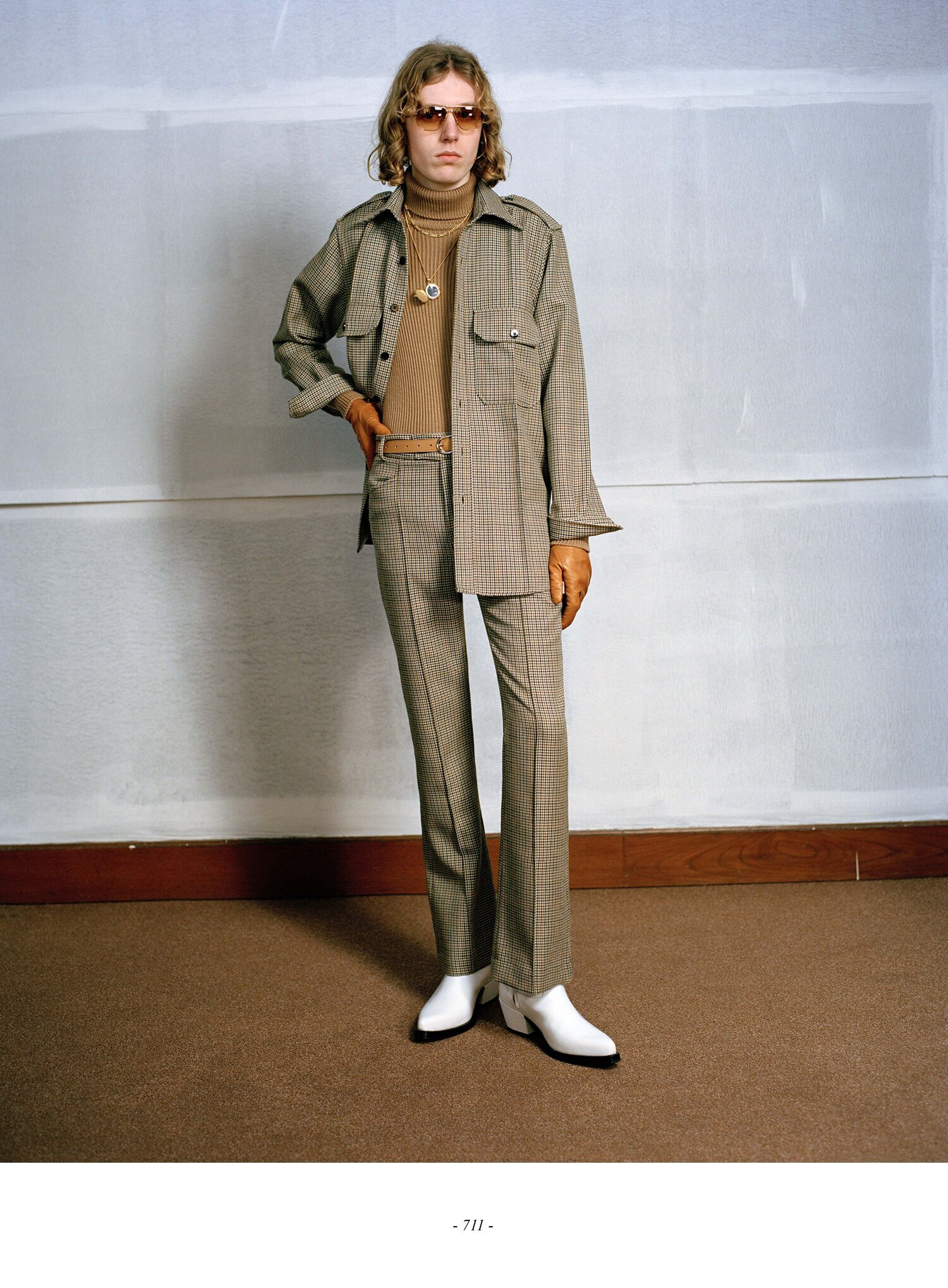
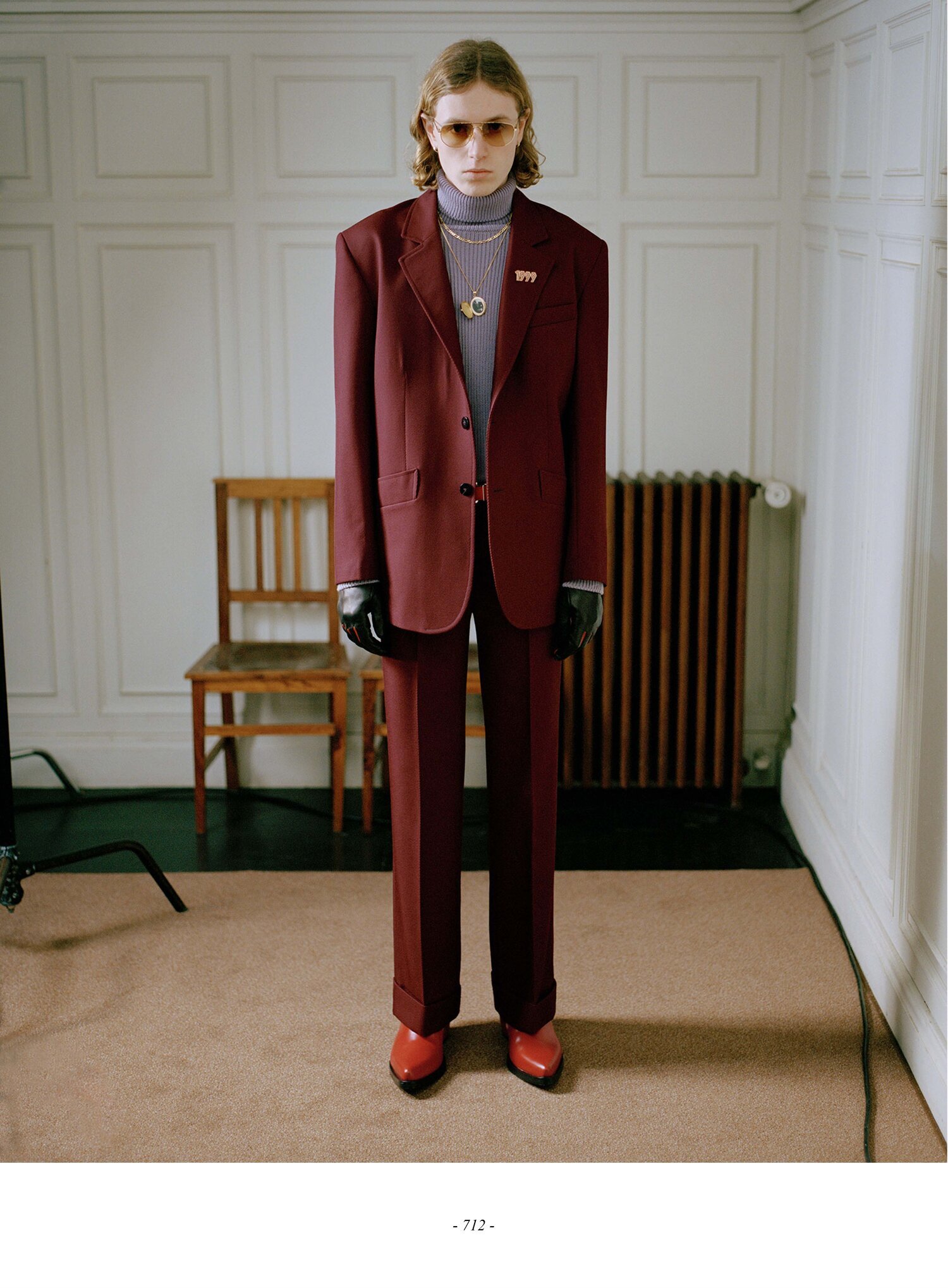
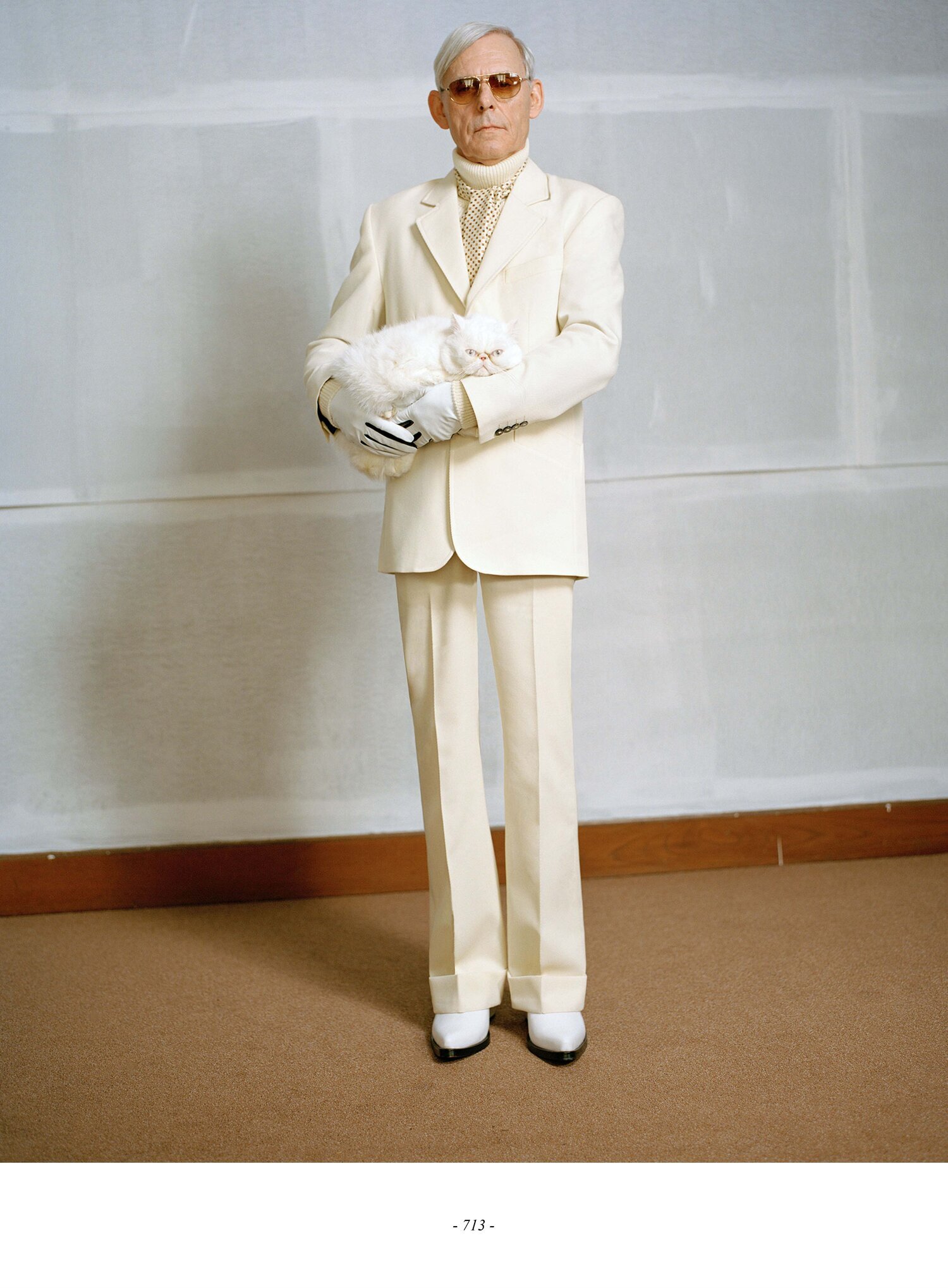
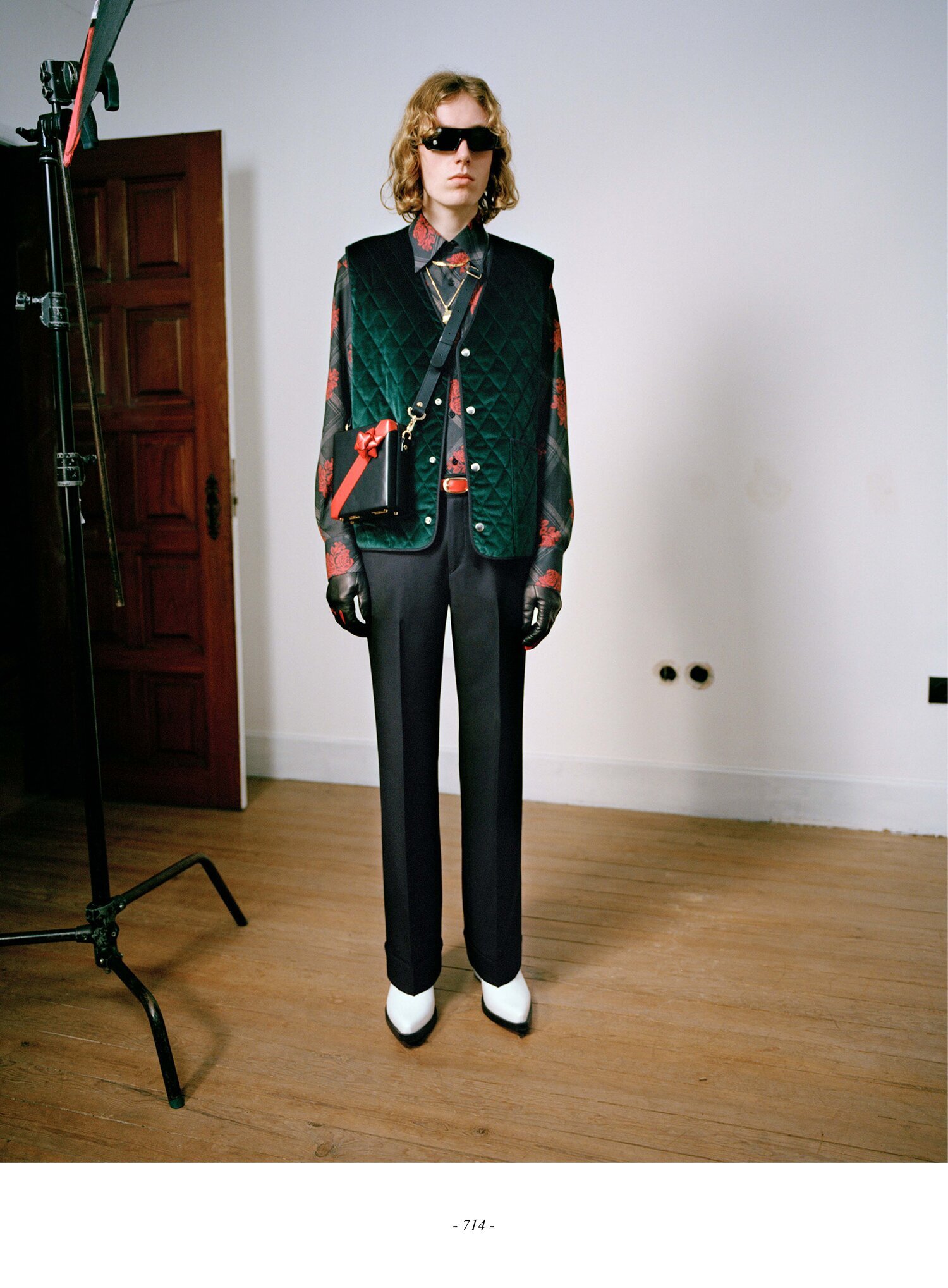
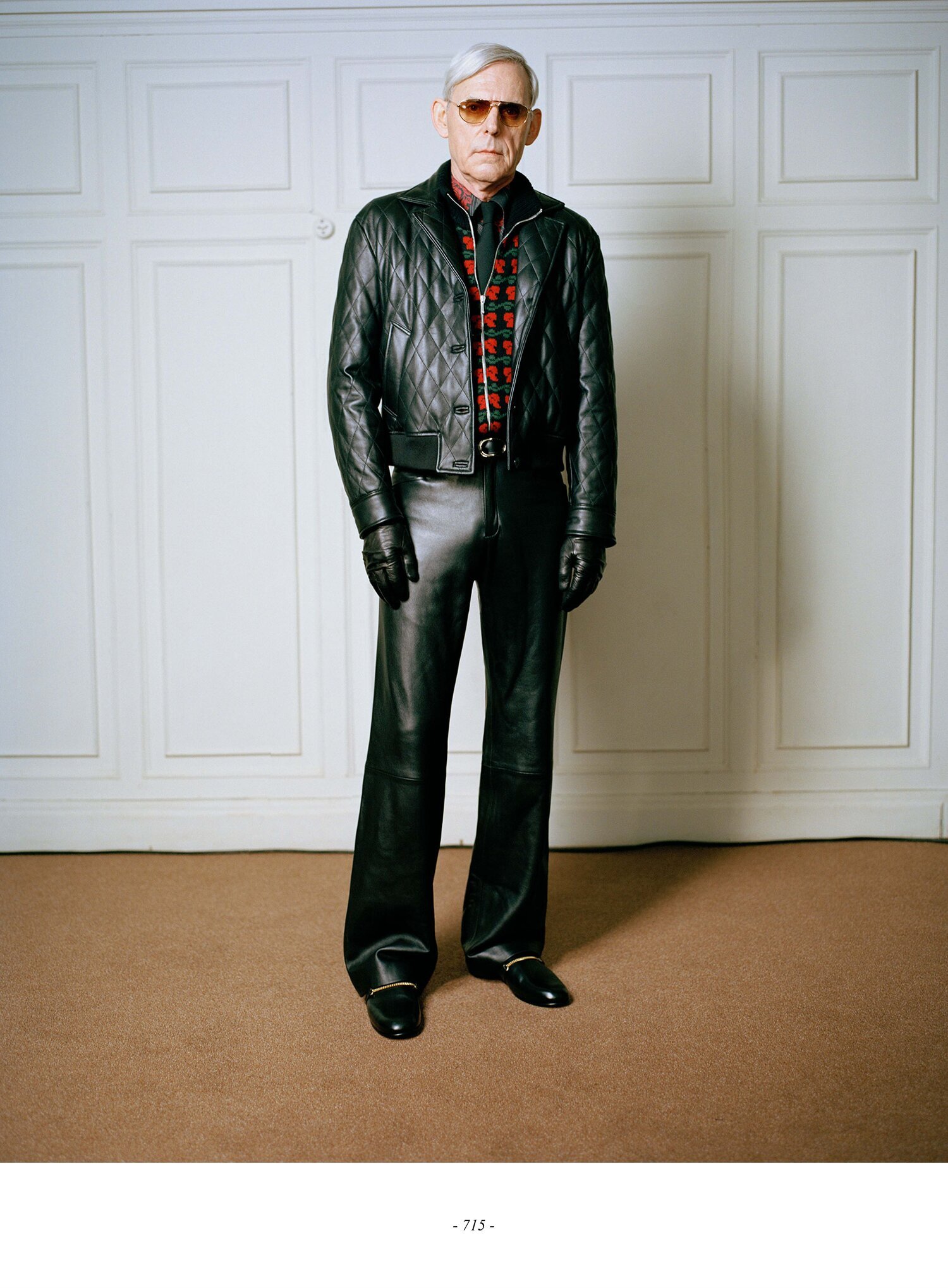
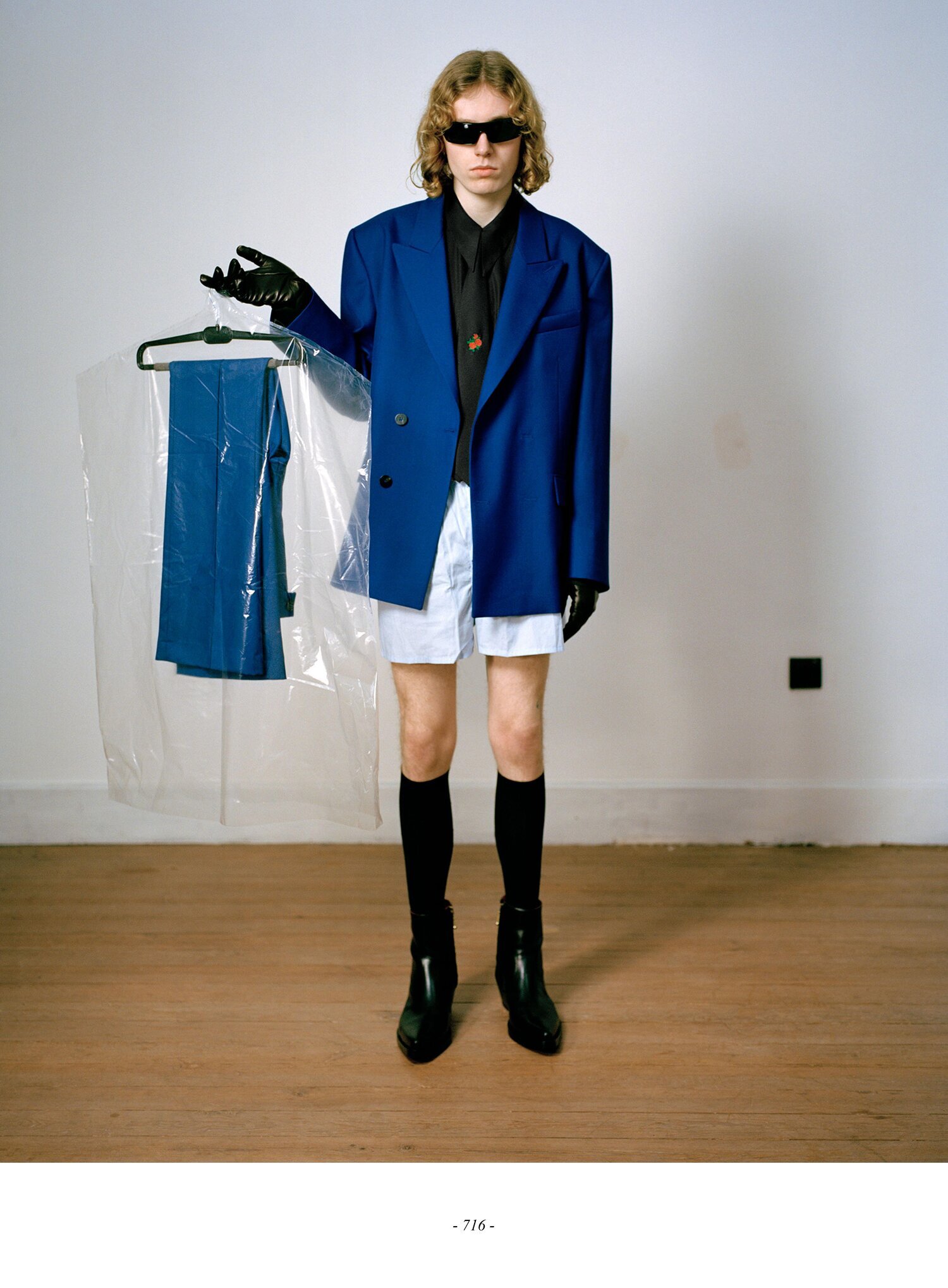
When was Ernest W. Baker founded, and what was the original mission behind the brand?
“The brand was founded in 2016. Our intention is to create original collections, authentic to ourselves, with a focus on developing quality garments.”
How does Reid’s grandfather, Ernest W. Baker, serve as a muse for the brand’s ethos and design?
”Ernest W. Baker is a strong, classic, self-made family man who lived the "American Dream" and it is our intention to represent this identity in our brand. We are fortunate to have access to Ernest's journals which he started writing when he began his 50-year career in the advertising industry in Detroit. Through the journals, we are given a personal perspective on the life and experiences of Ernest, which have defined the brand and inspire several of our collections. Over time "Ernest" is evolving more figuratively as a character, shaping and molding this personality every season, yet relating to the core identity of the brand.”
How did you two meet (one another) and your visions align to form the brand, despite hailing from two different parts of the world?
“We met while studying for our MA in Milan. We are from different parts of the world and have experienced different cultures, yet we share a commonality in terms of our morals, values, and intentions. We want our brand to draw from our unique personal references and backgrounds, yet share that which is common to all of us. While it is interesting to compare and contrast what we perceive as European or American, we find in many ways the two are quite similar, both sharing strong personalities.
The contrasts are perhaps more distinct when compared in a fashion context. We strive to blend a classic European touch to an Americana inspired piece, or vice versa. Being able to bounce our unique perspectives off each other has given us the ability to blend these two aspects together.”
How do small villages and cities such as Antwerp, rather than large cities, contribute to the brand’s development and design inspiration?
“Both of us were raised in small towns, but more recently, we have been fortunate to live in large cities, as well. Being away from our home towns the past few years has given us a new perspective when we go back to visit. The towns have a sense of being timeless, giving them a very authentic, powerful feeling. They have become more real to us from a distance, having a strong sense of identity, for better or worse. We try to visit our home towns regularly, as they have become very inspiring for our work.”
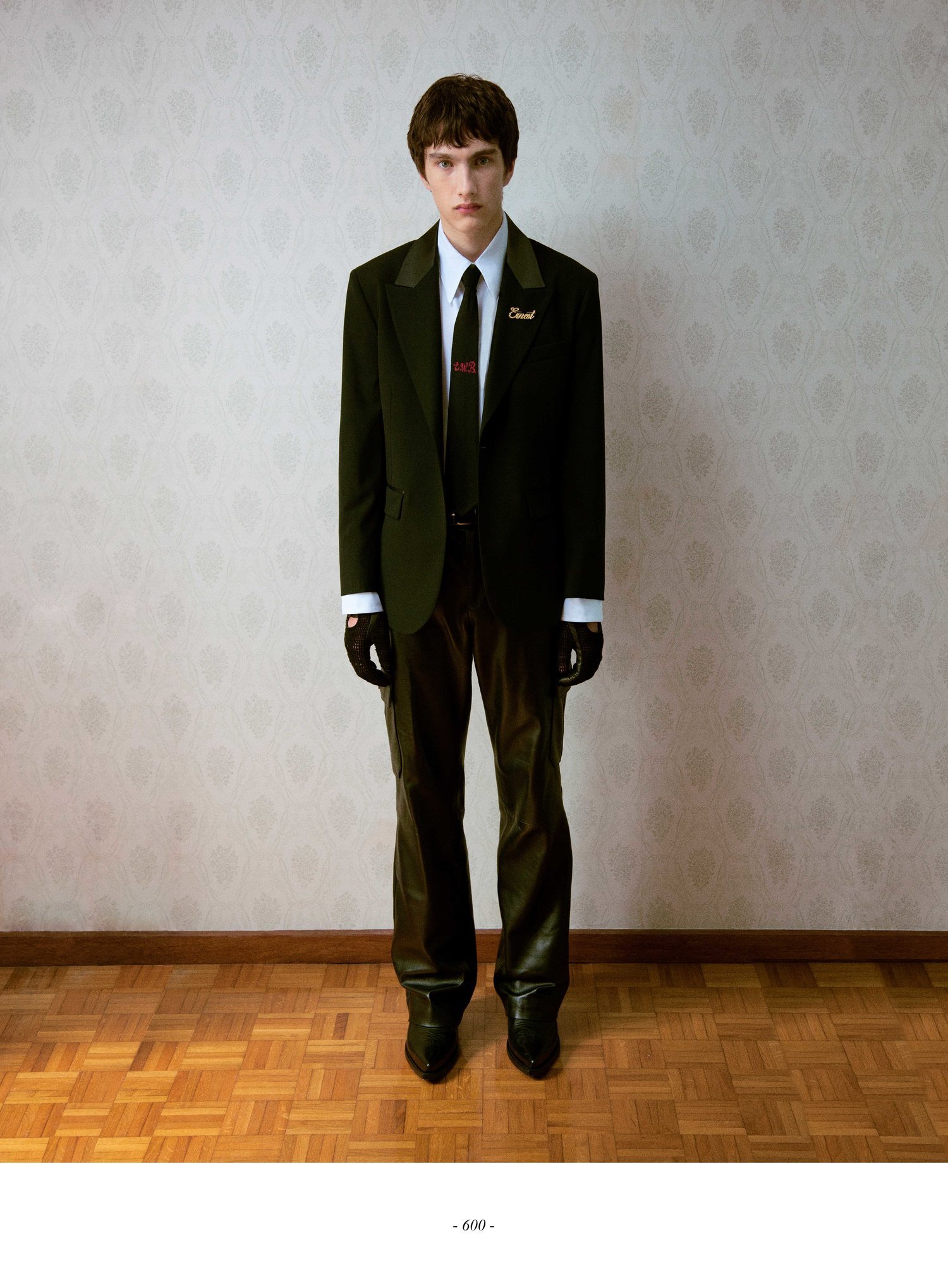
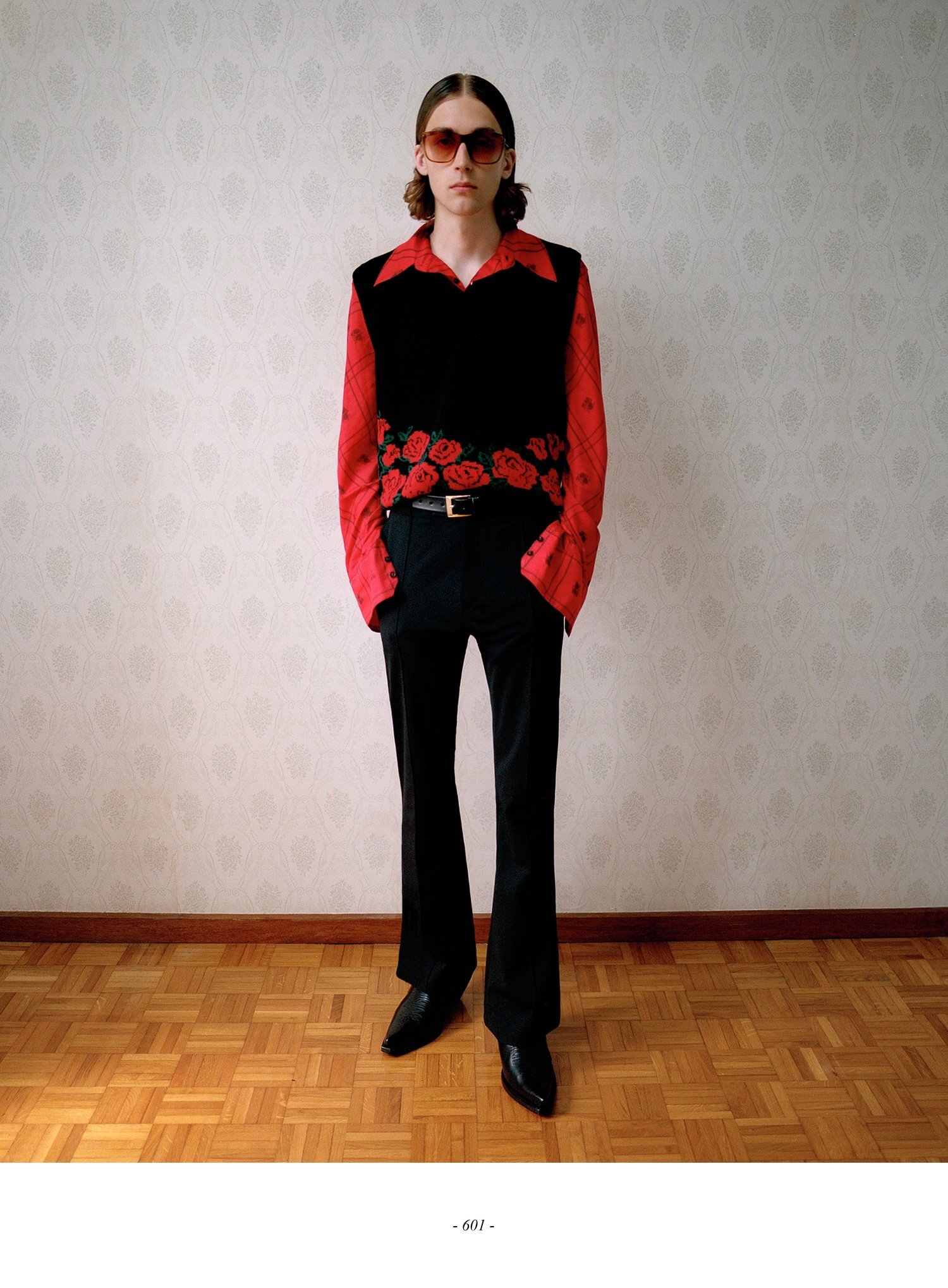
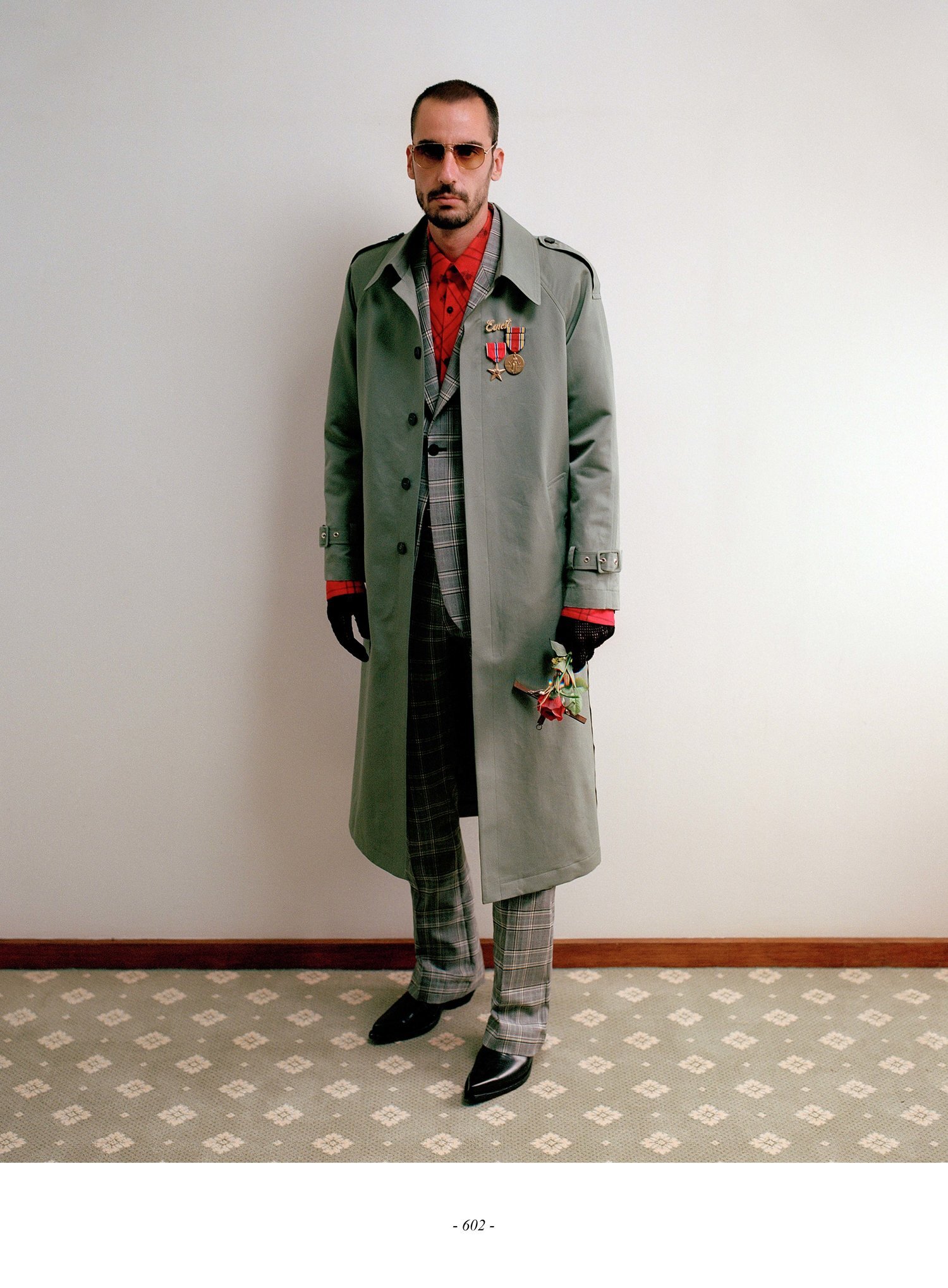

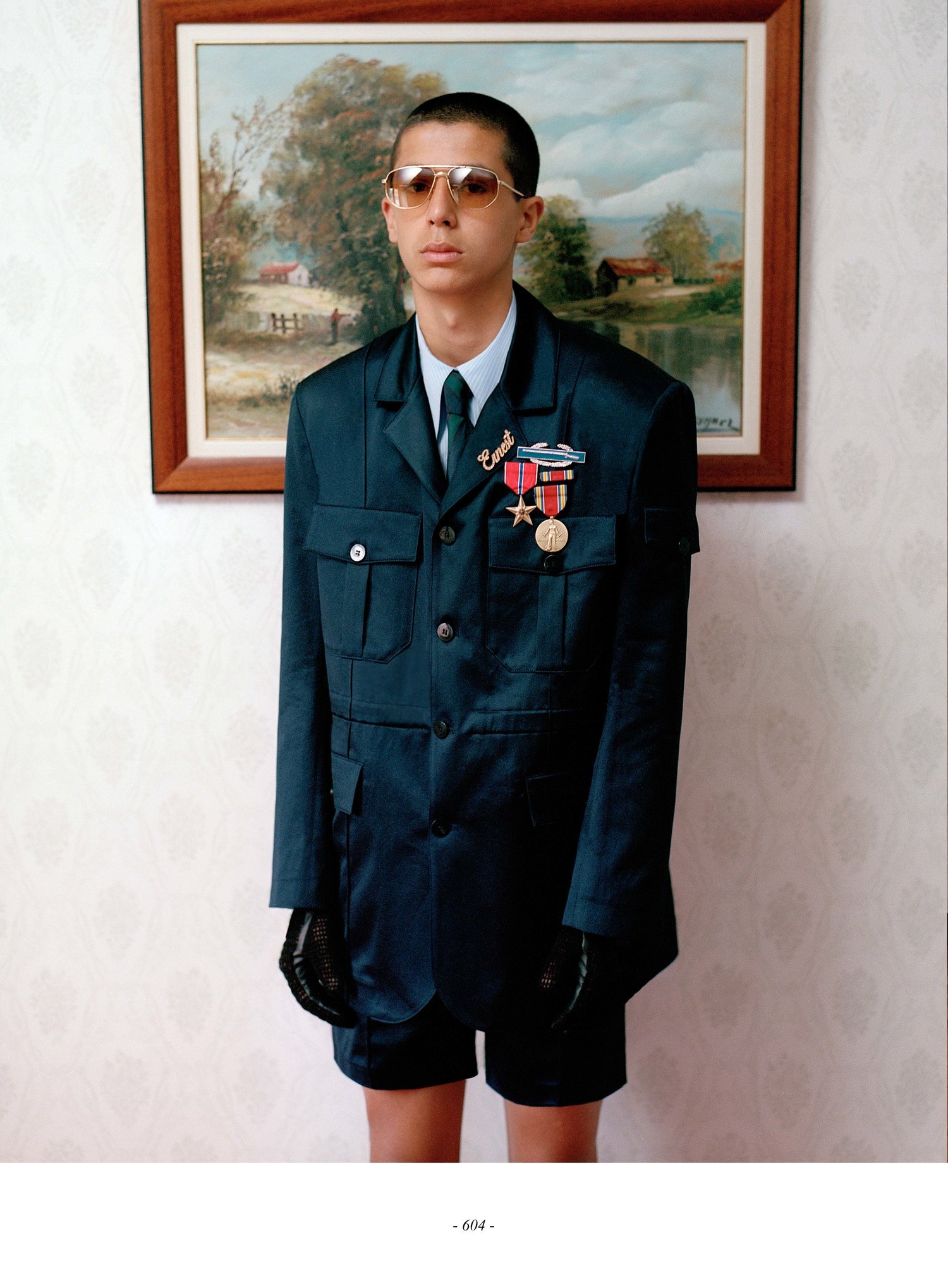
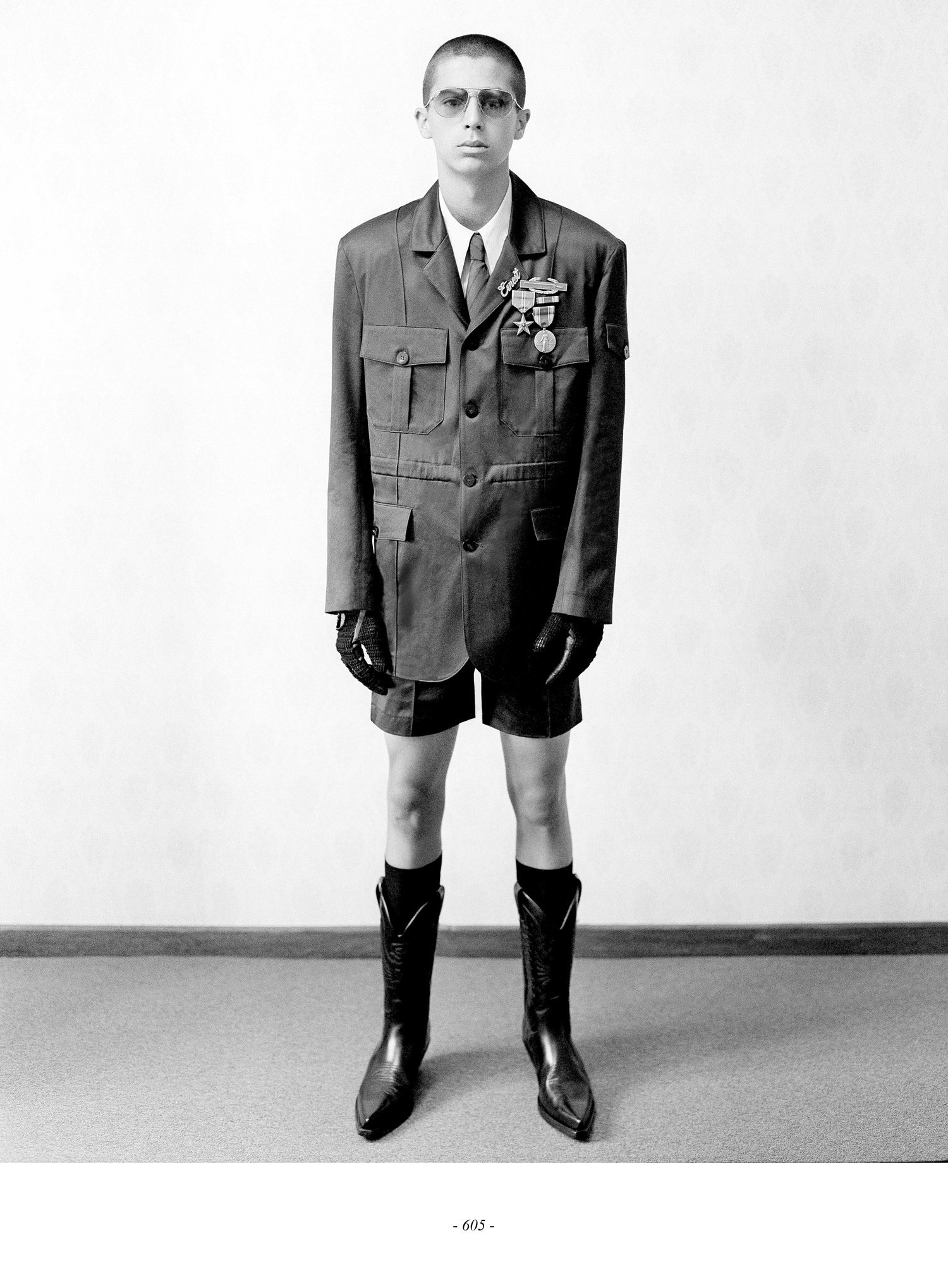
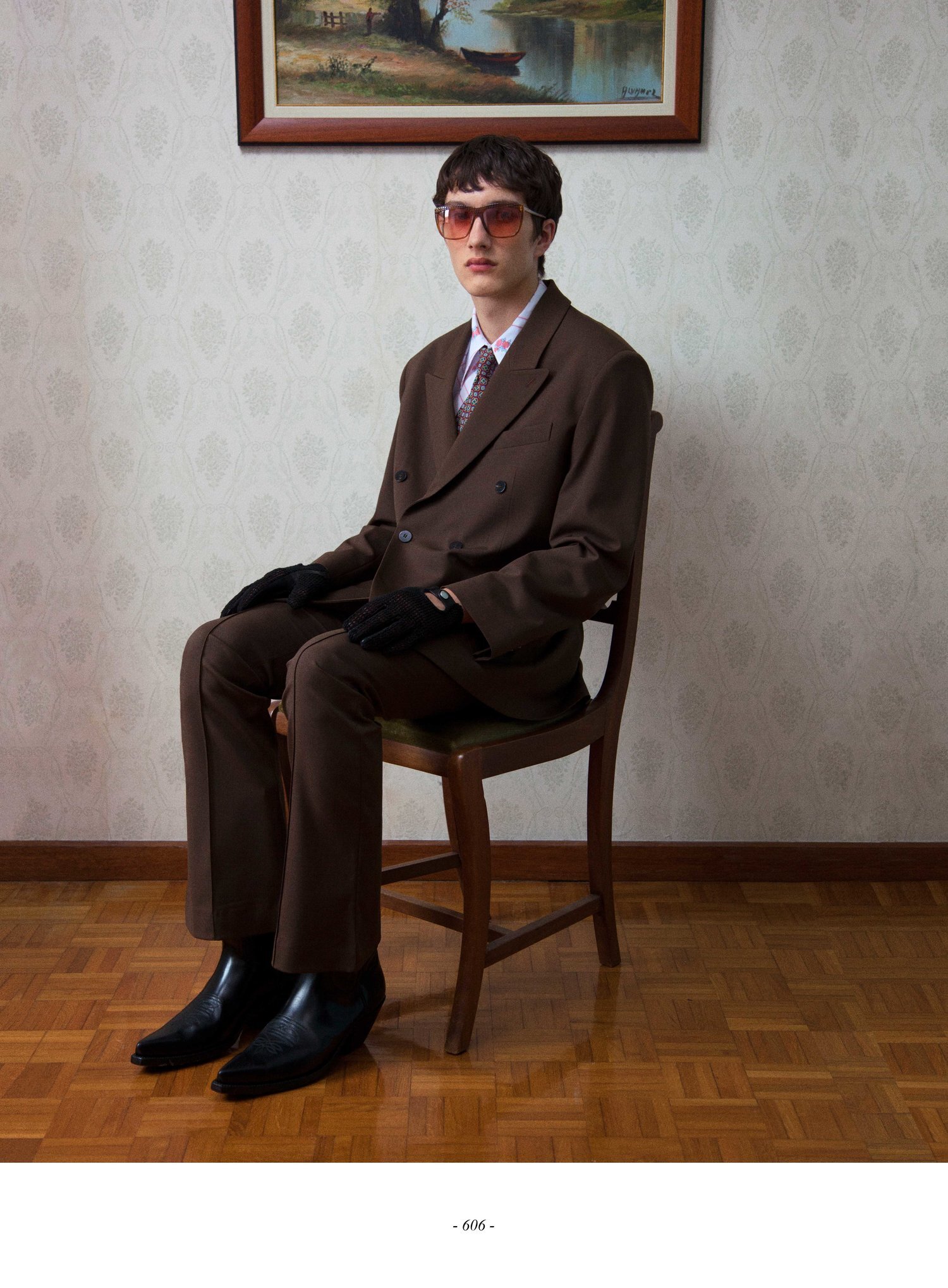
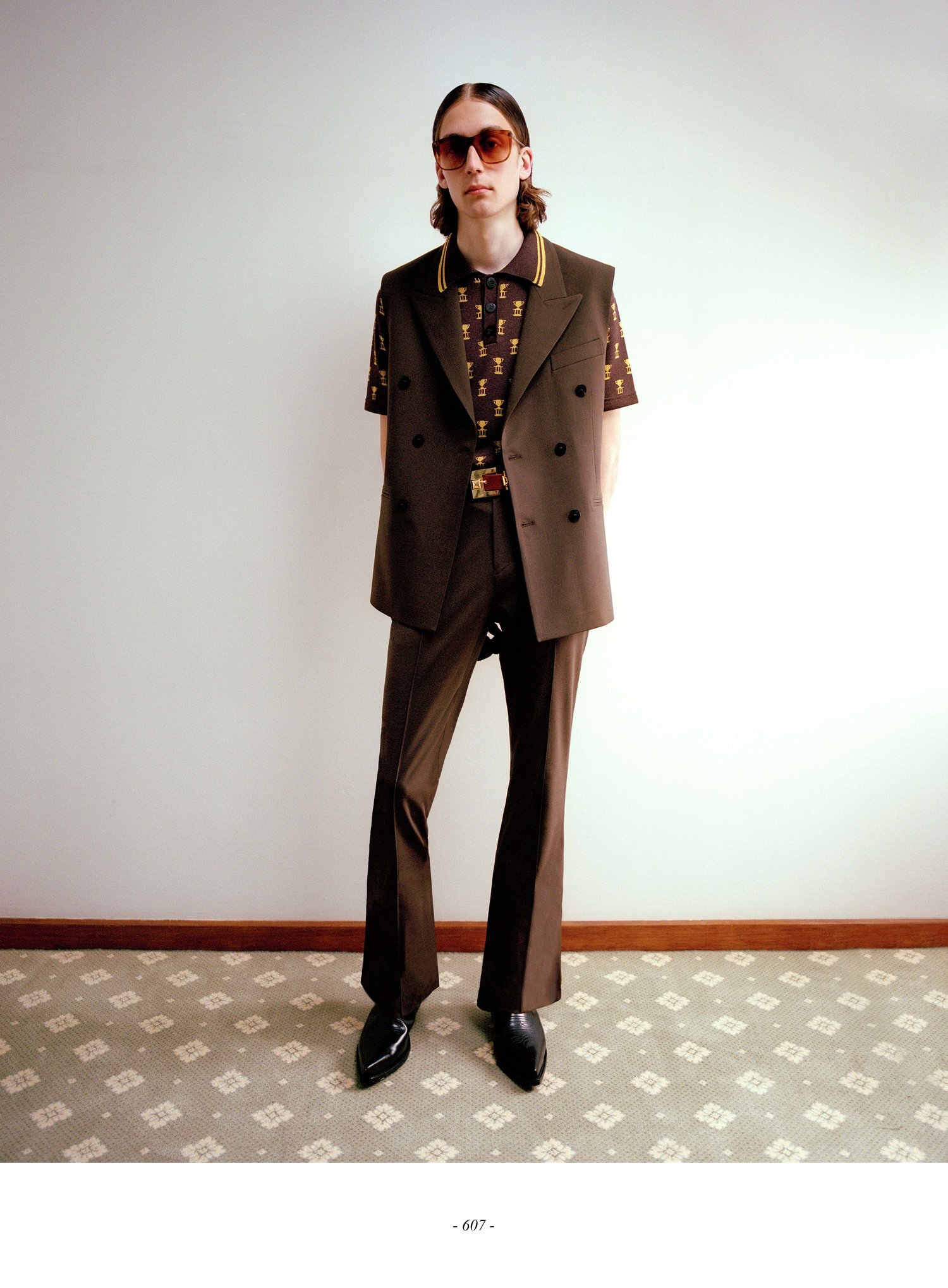


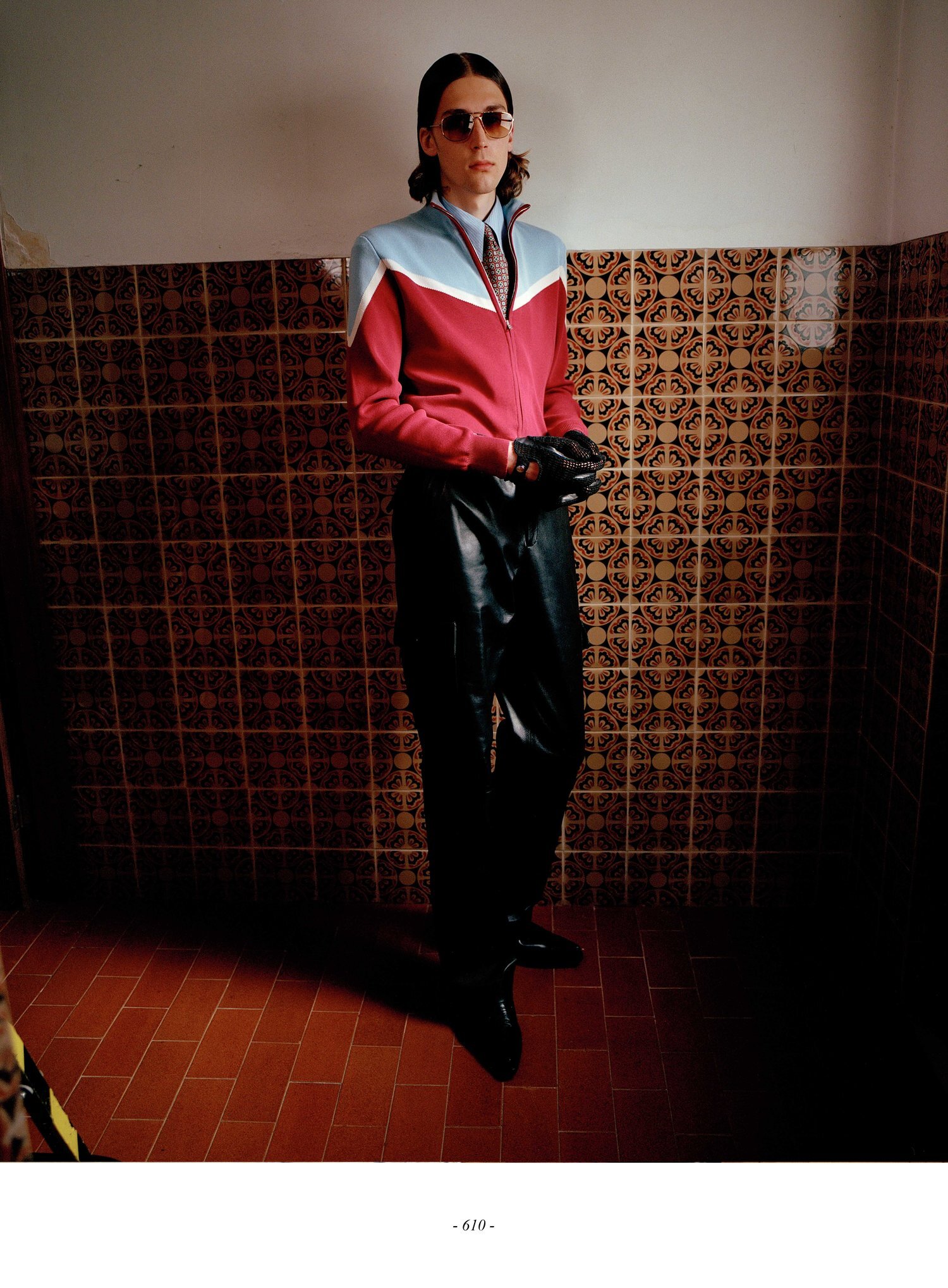
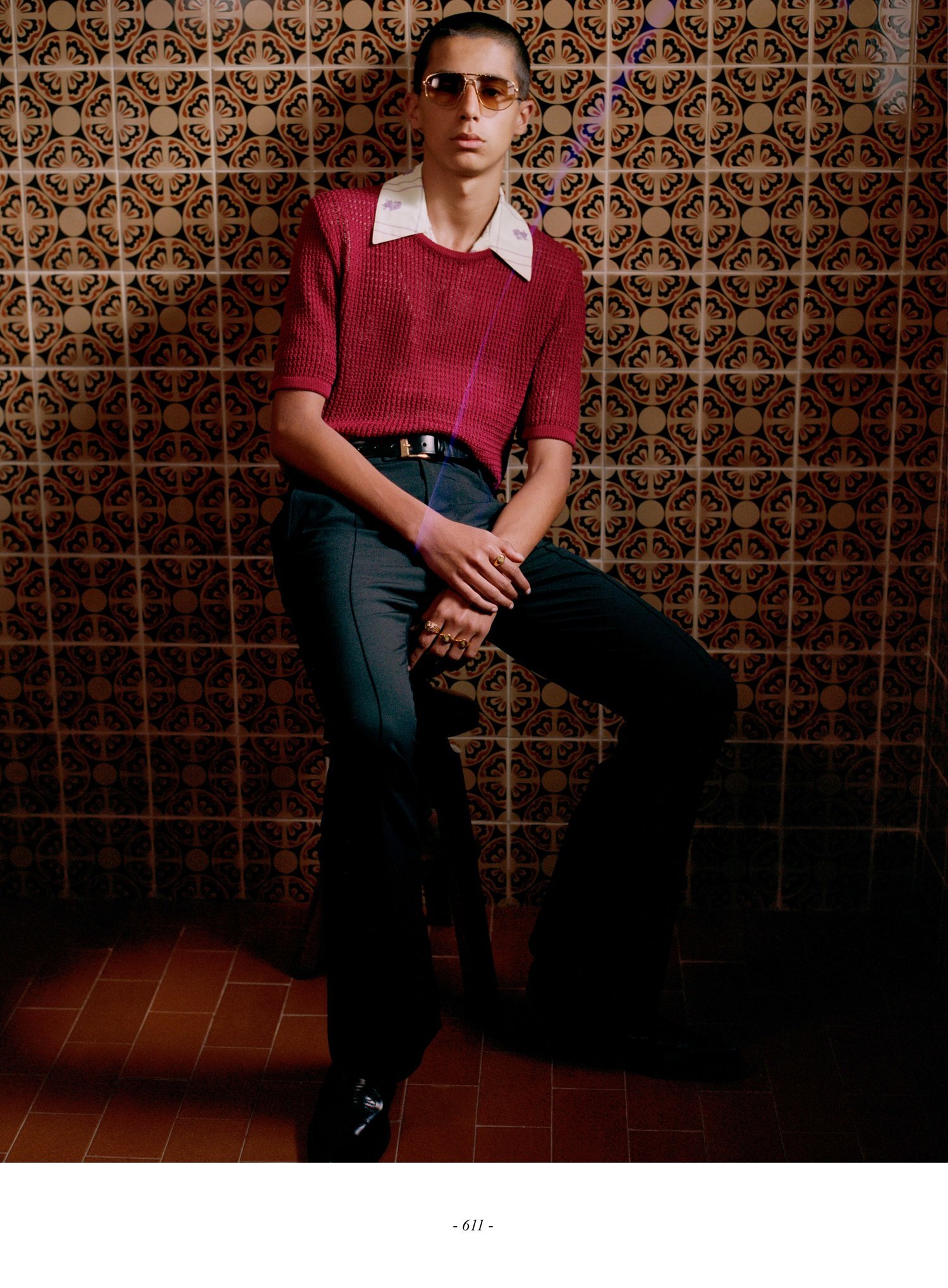
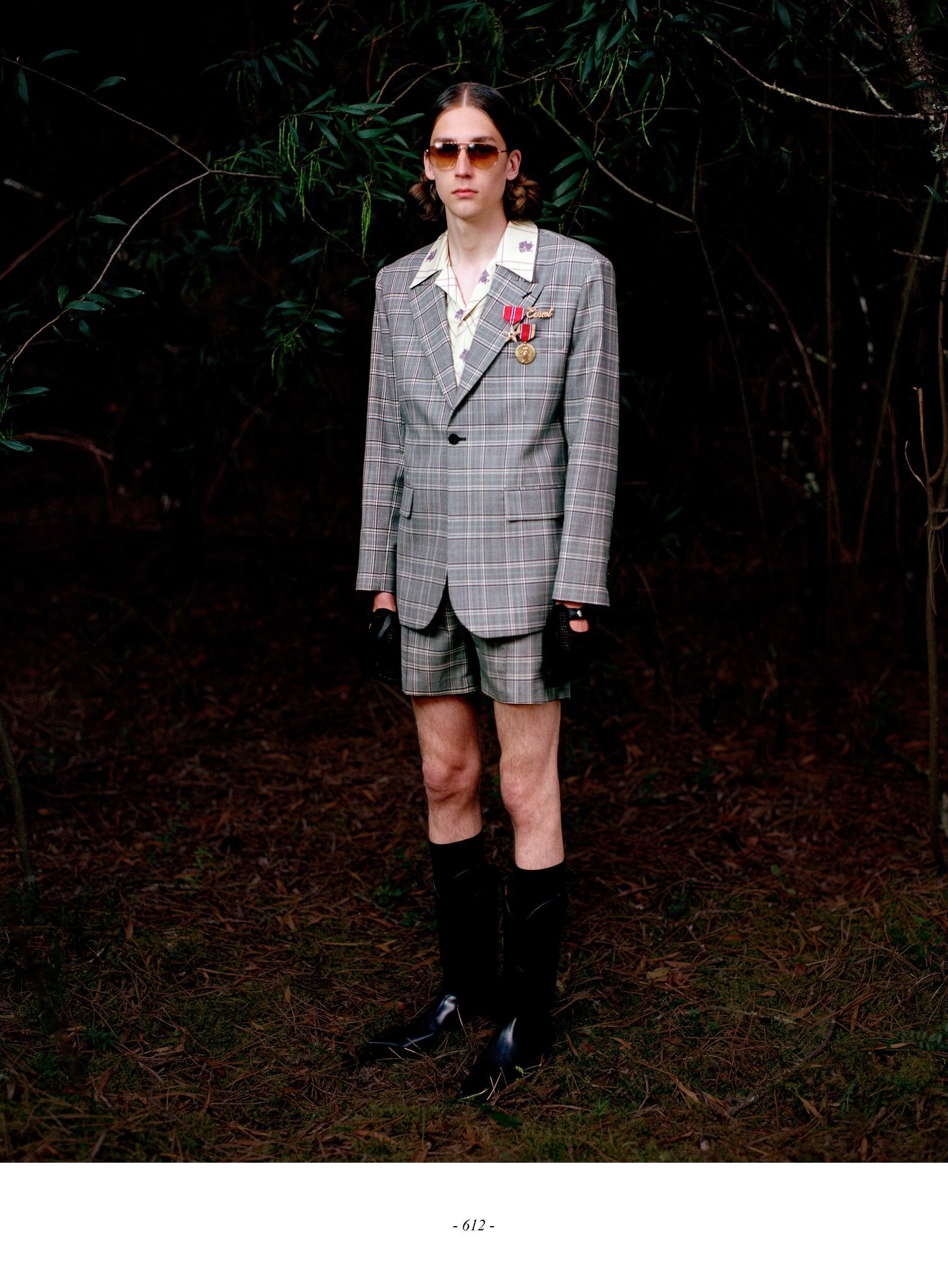
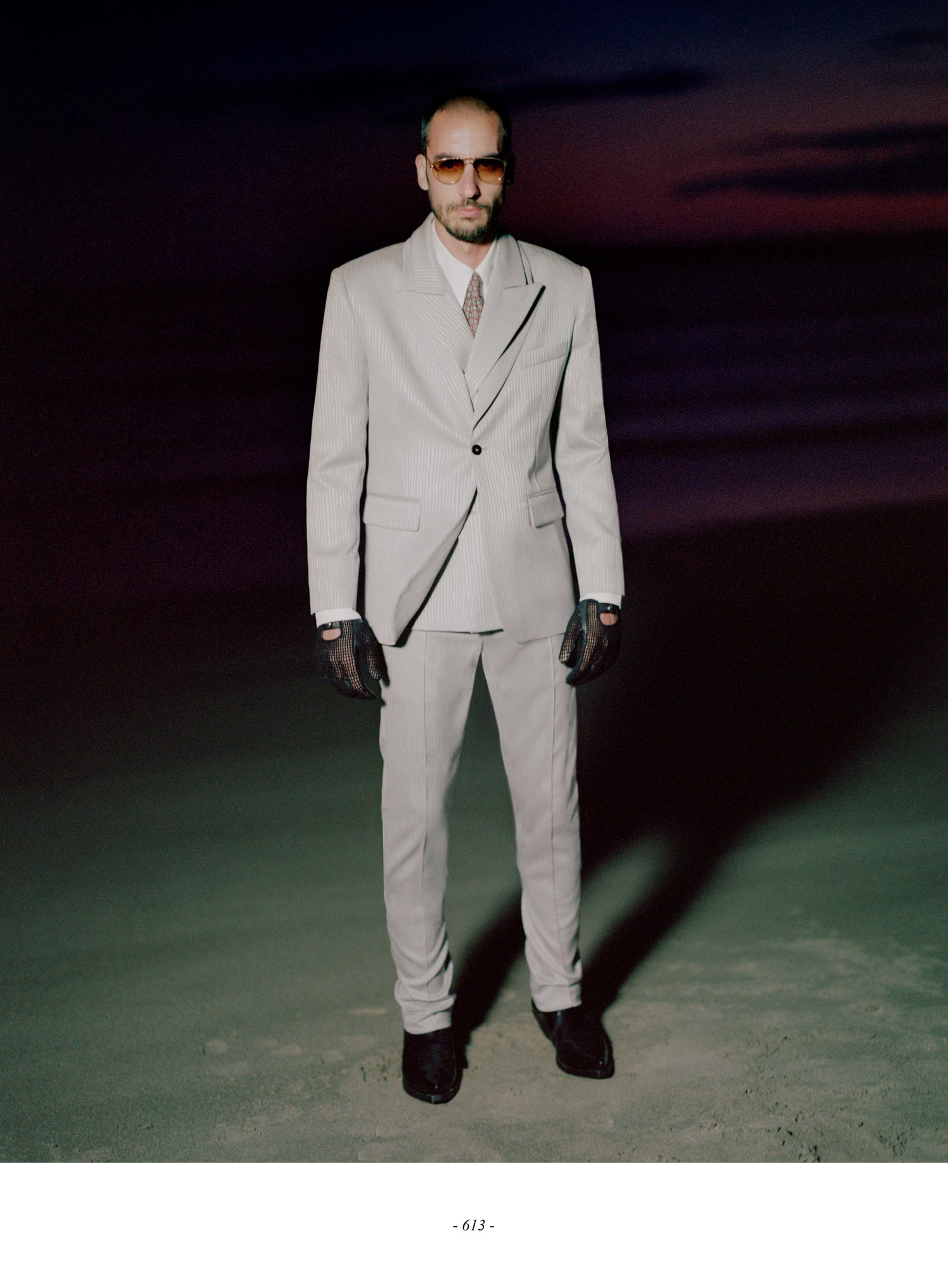

Your clothes explore the concept of nostalgia. What do you make of fashion’s obsession with the past?
“It is the connection to the past and a reinterpretation of the present that reflects in our work. However, if there is any time to obsess over the past as a form of escapism, it would definitely be now.”
What are your favorite pieces to design?
“Tailoring makes up a significant portion of all our collections and is the foundation of our brand. The detailing expressed in tailoring, as simple as altering a lapel, can have a powerful reference that can span across emotions and generations.”
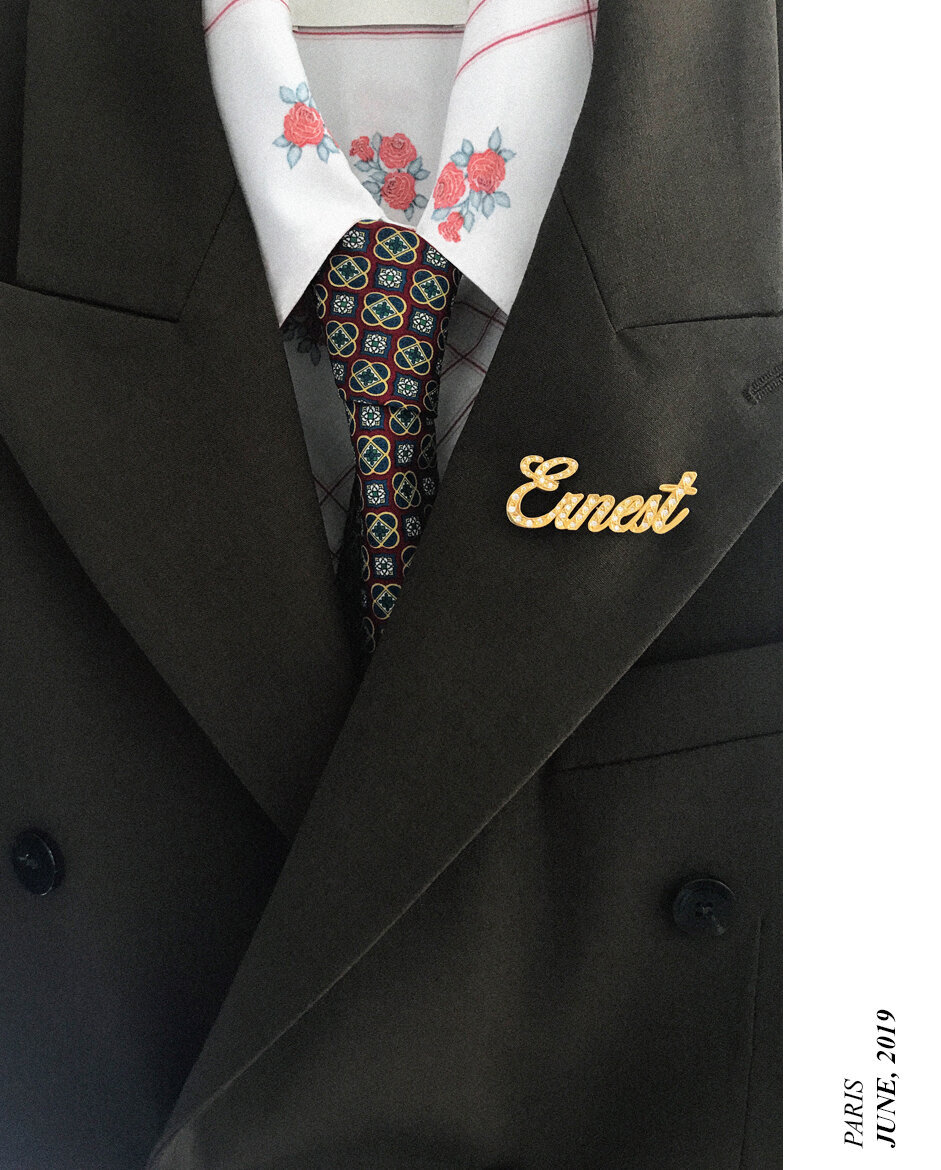
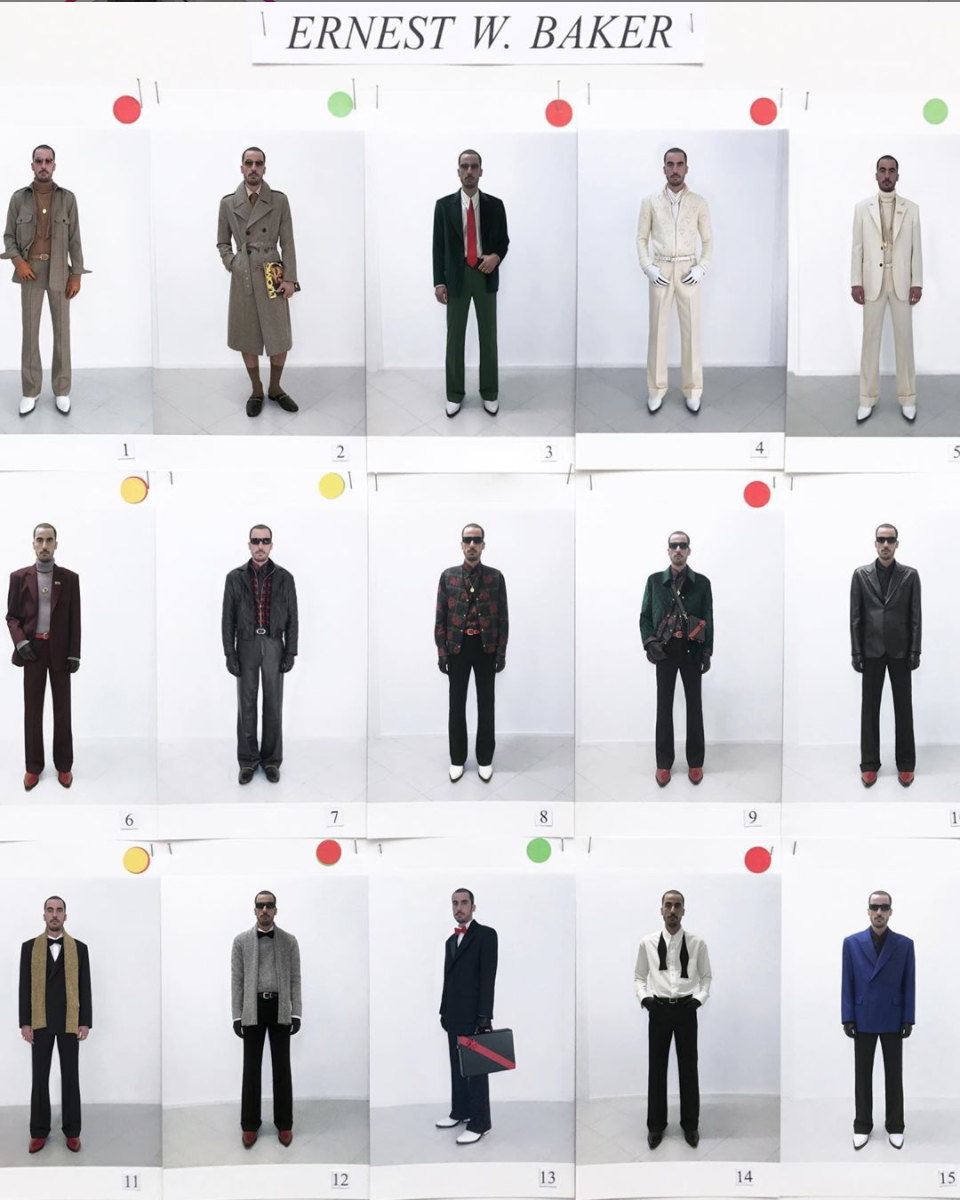
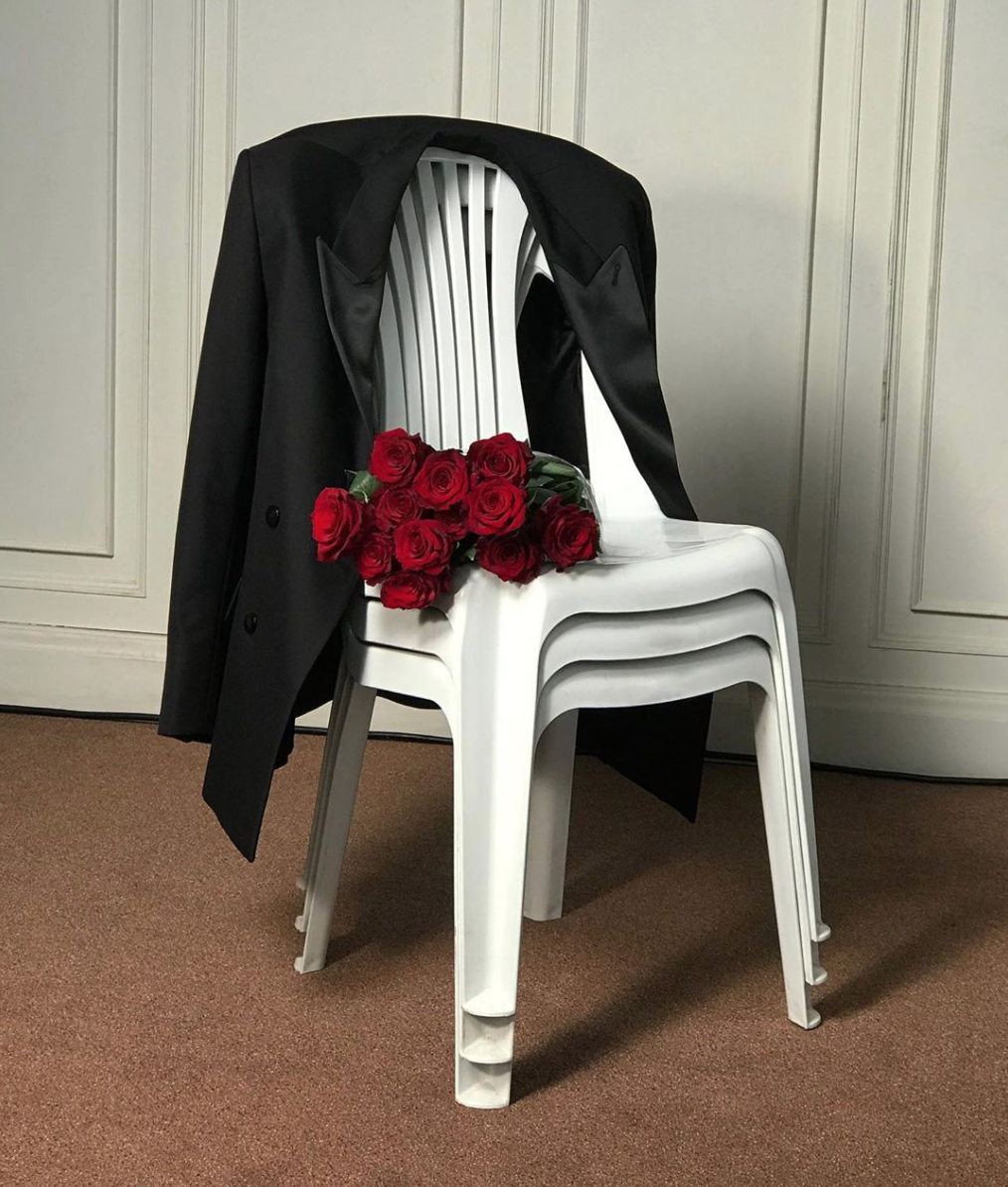

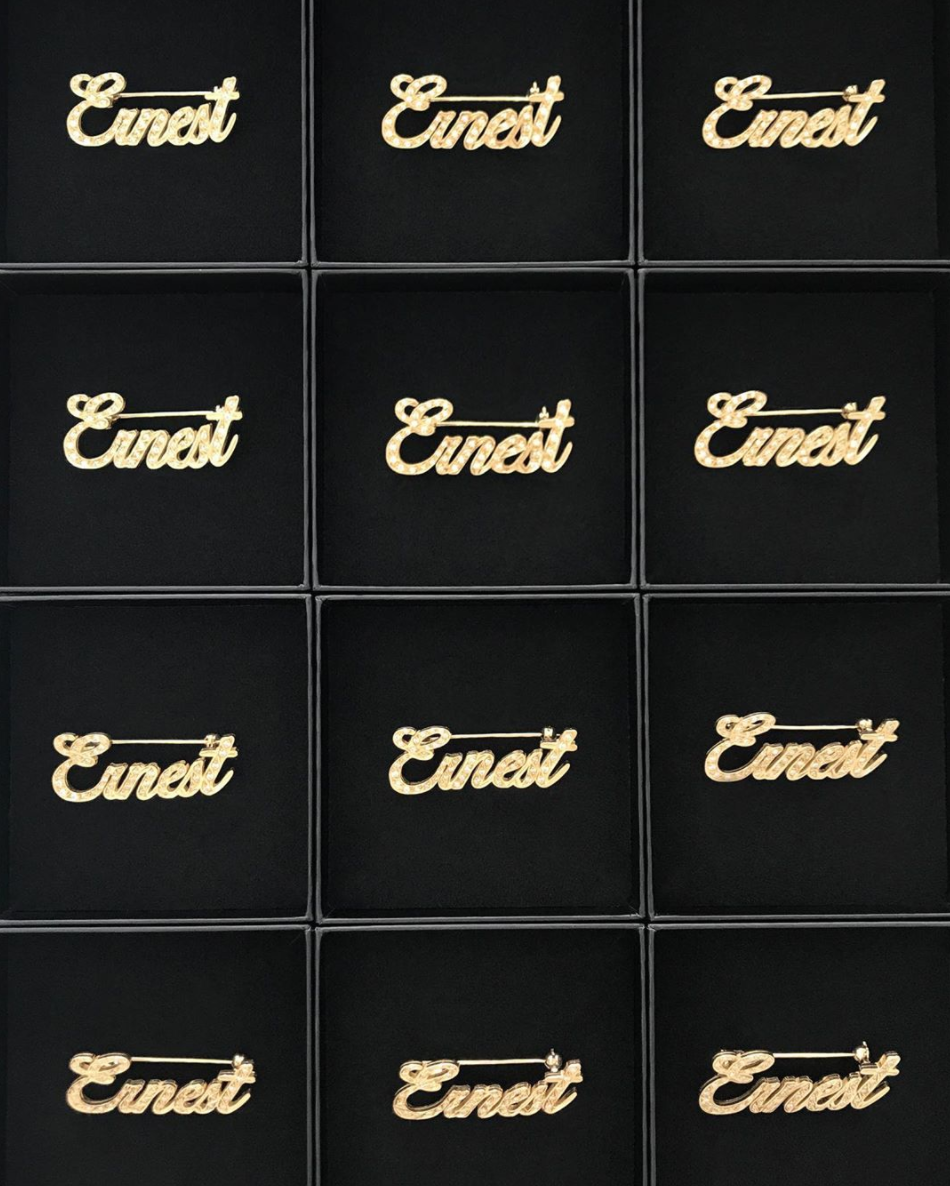
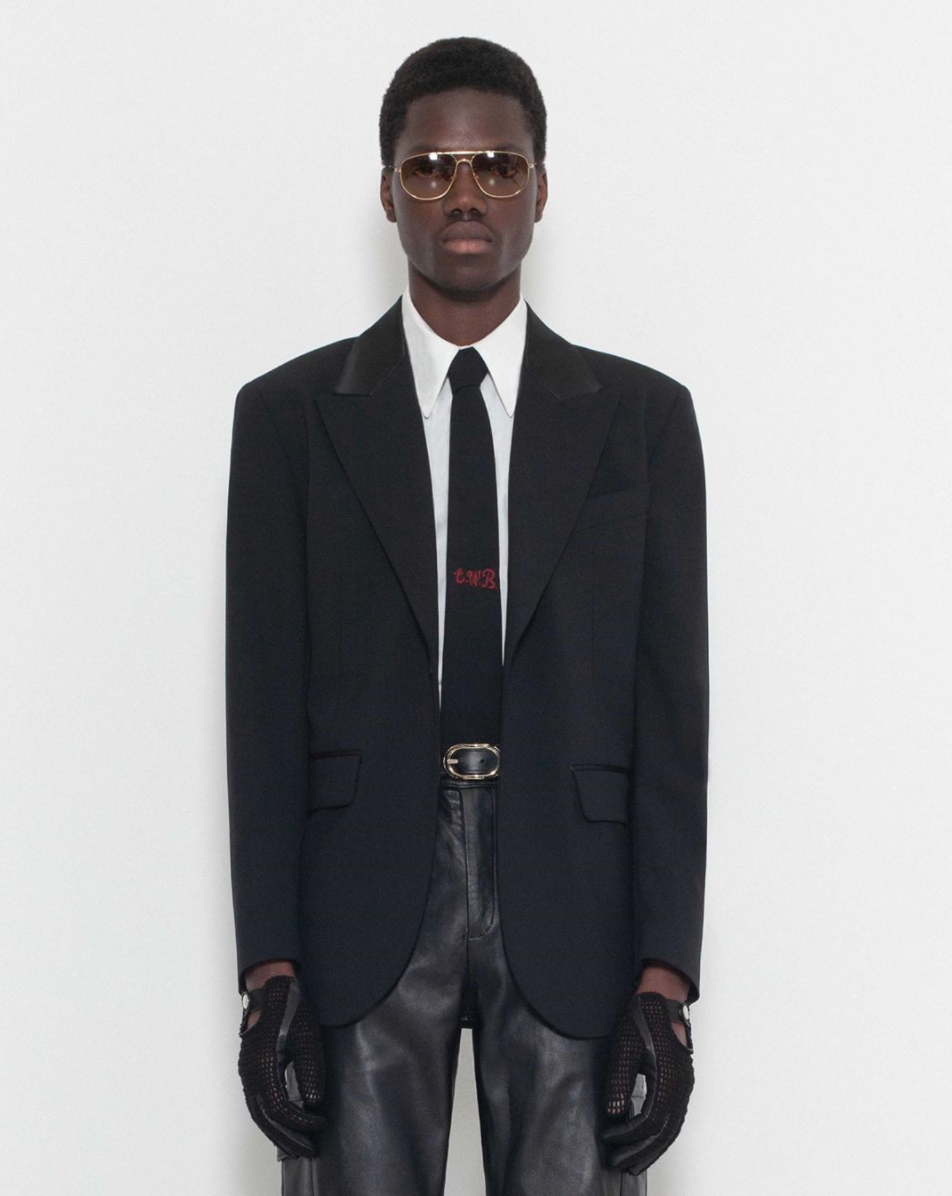
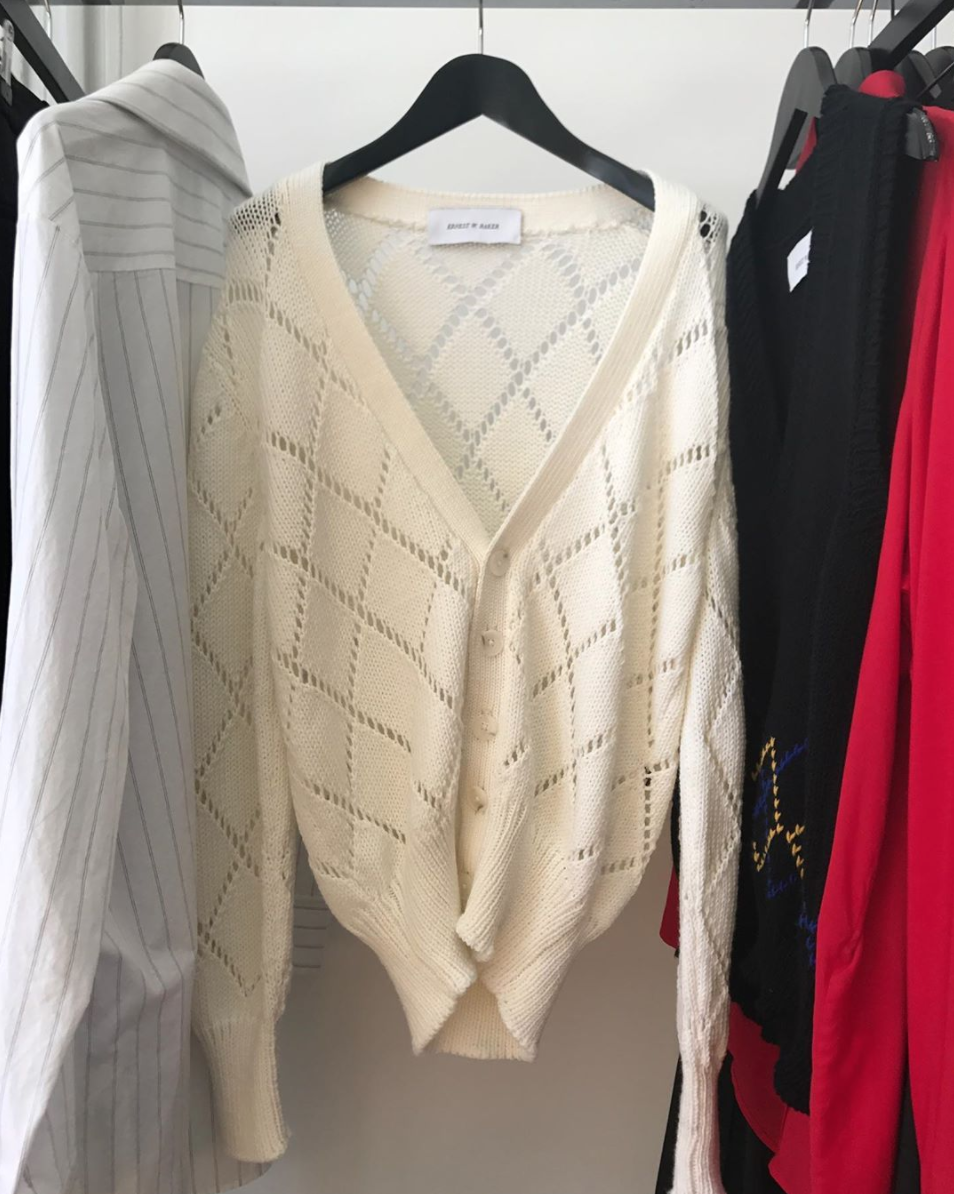
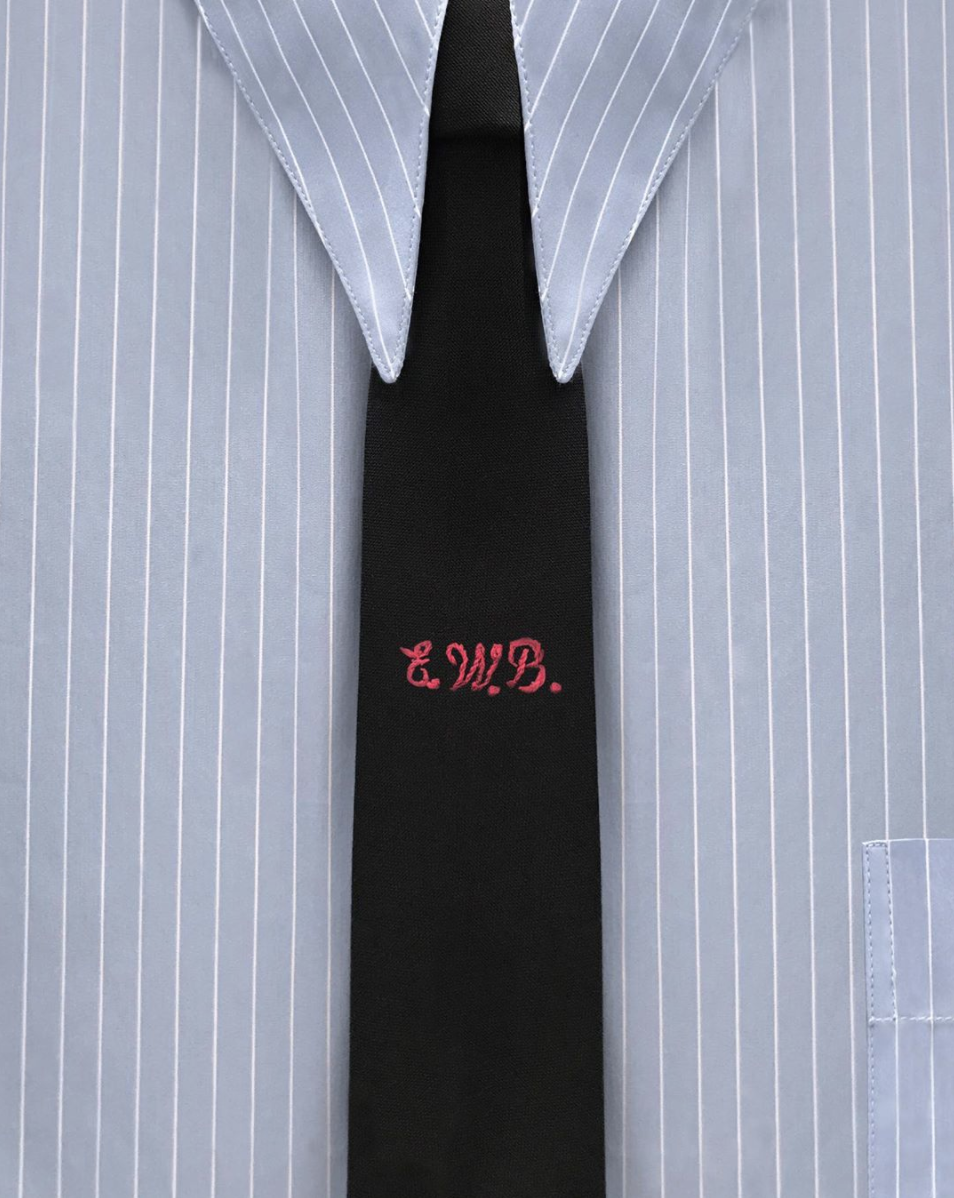

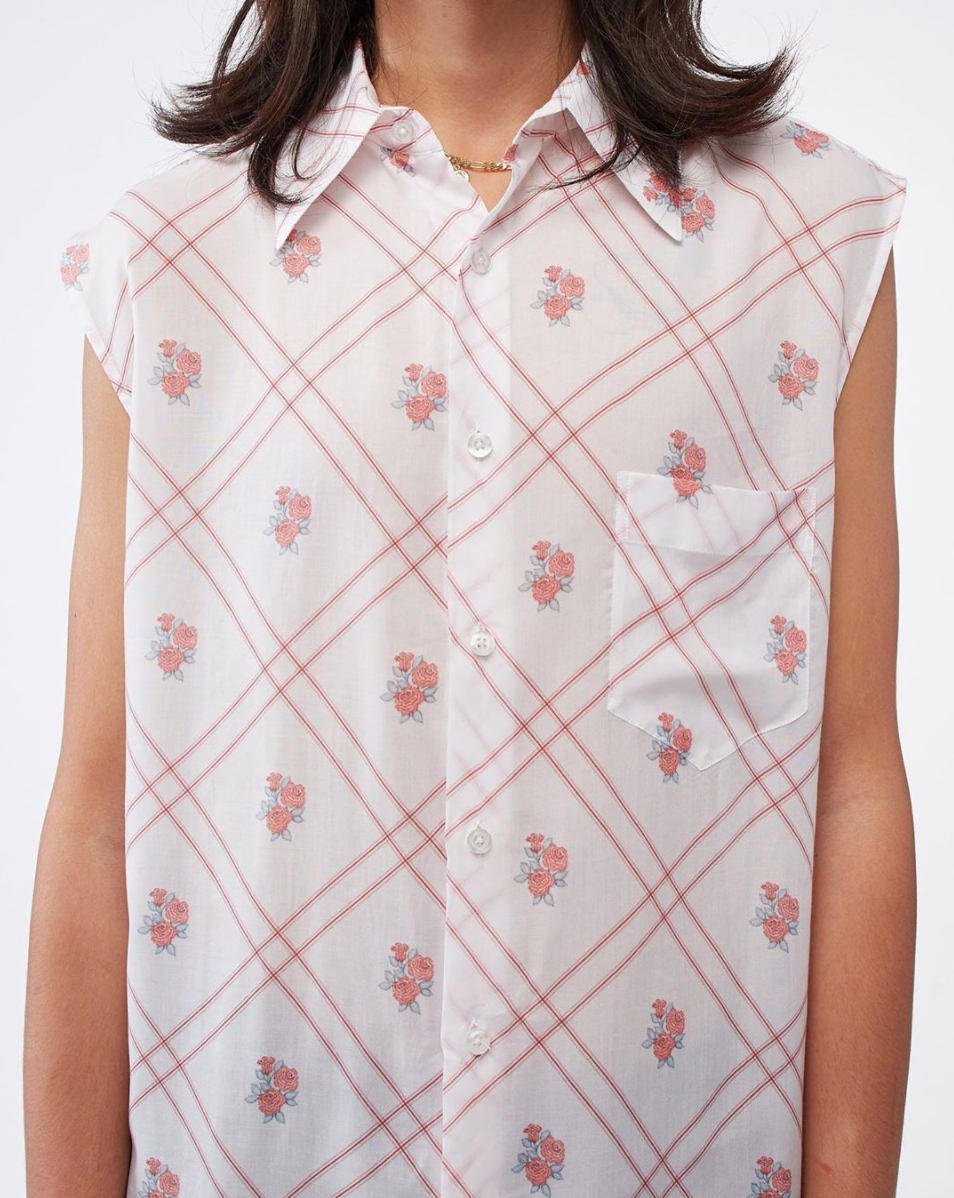
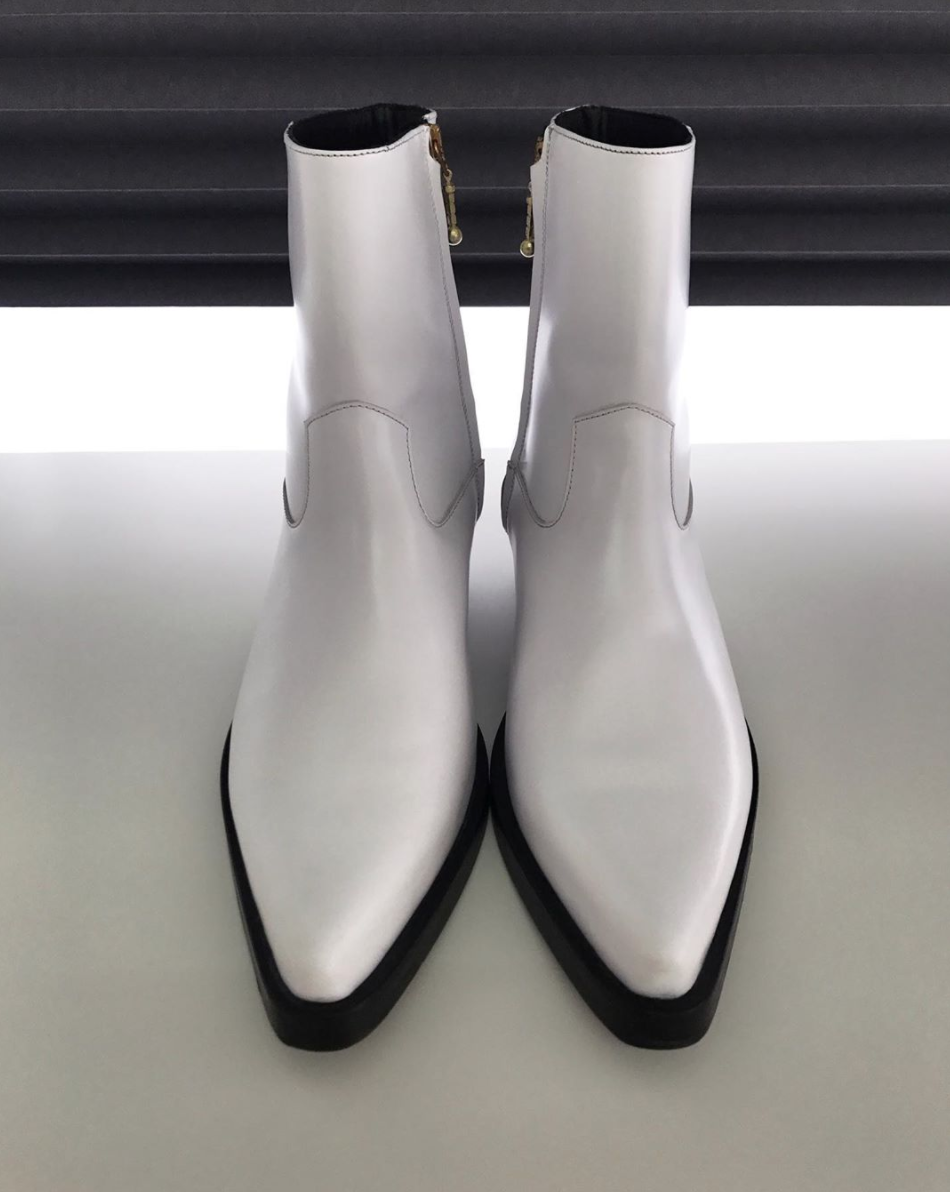
What key pieces do you typically incorporate season-to-season?
“Double Breasted Peak lapel Blazer, Flare trousers and hand made knitwear.”
What do you have in store for your next season?
“This next season will be interesting, as it is a very uncertain time for the future of many industries, including fashion. In the short term we are remaining as flexible as possible, and manage the things we have control over. We are excited to introduce some new projects next season that we have been working on for some time. We have been collaborating with a fabric company on designing a sustainable fabric from roses, "Rose Viscose" which we will introduce into our SS21 collection. The way forward for us will be to continue developing collections with local tailors, creating handmade pieces, using artisanal techniques, and supporting local small businesses.”
Lastly, what words of advice or encouragement can you give to those in the fashion industry in today's current climate?
“These are definitely difficult times on a personal and professional level. In an industry that normally operates at a very fast pace, uncertainty with the current situation has thrown planning out the window. We have been coping by trying to remain as flexible as possible, adjusting to the constantly changing new circumstances. Common practices in the industry will change and we will need to be prepared to adapt our work and be open to new ideas. It is our hope that we will be stronger when this is over, and we will come together by sharing ideas and advice to help rebuild a better future.”
